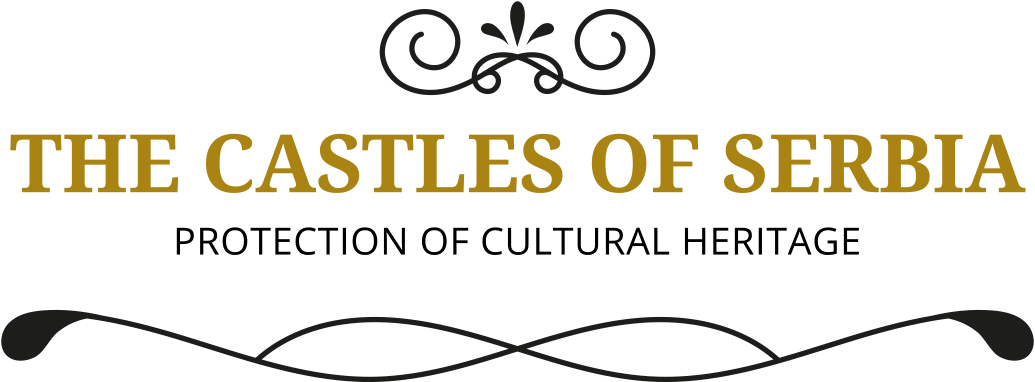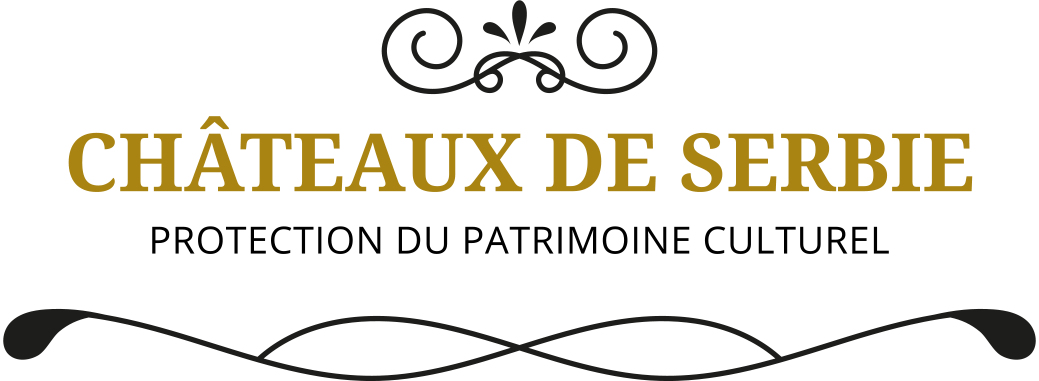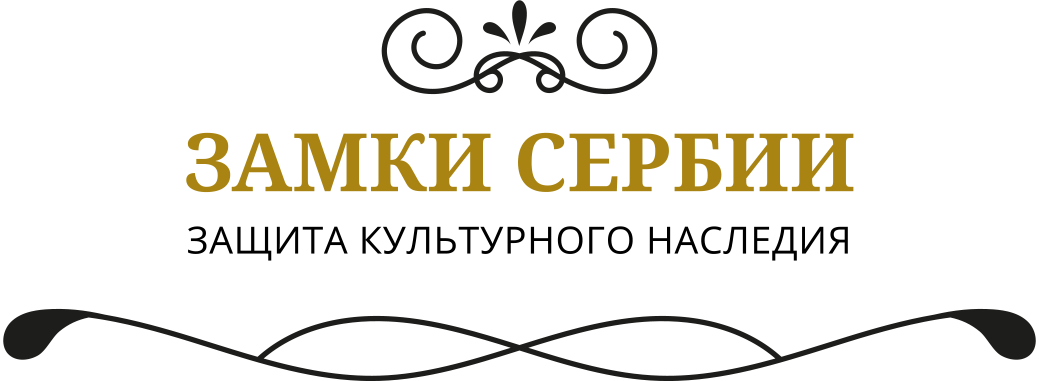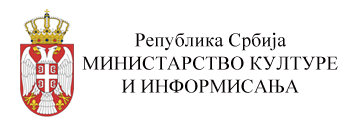Castles in Vojvodina

Schloss Castle, Golubinci
The castle with the generic name Schoss (in German: Schoss – “castle”) is full of secrets, mysteries, and some call it a haunted castle.
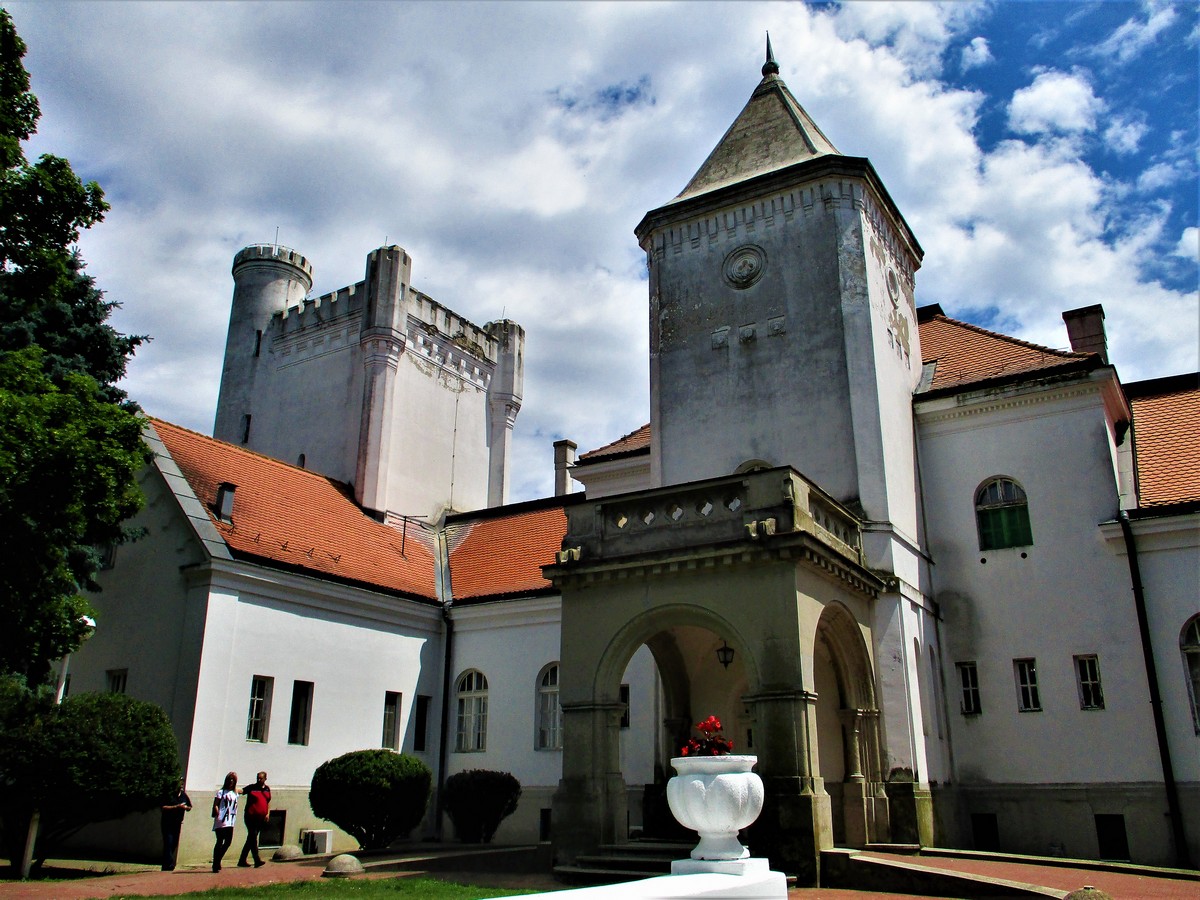
The Fantast Castle, Bečej
Bogdan Dunđerski comes from the richest family in Vojvodina from the end of the 19th and the beginning of the 20th century. He built a fairytale castle on a property that stretched over 2,600 acres.
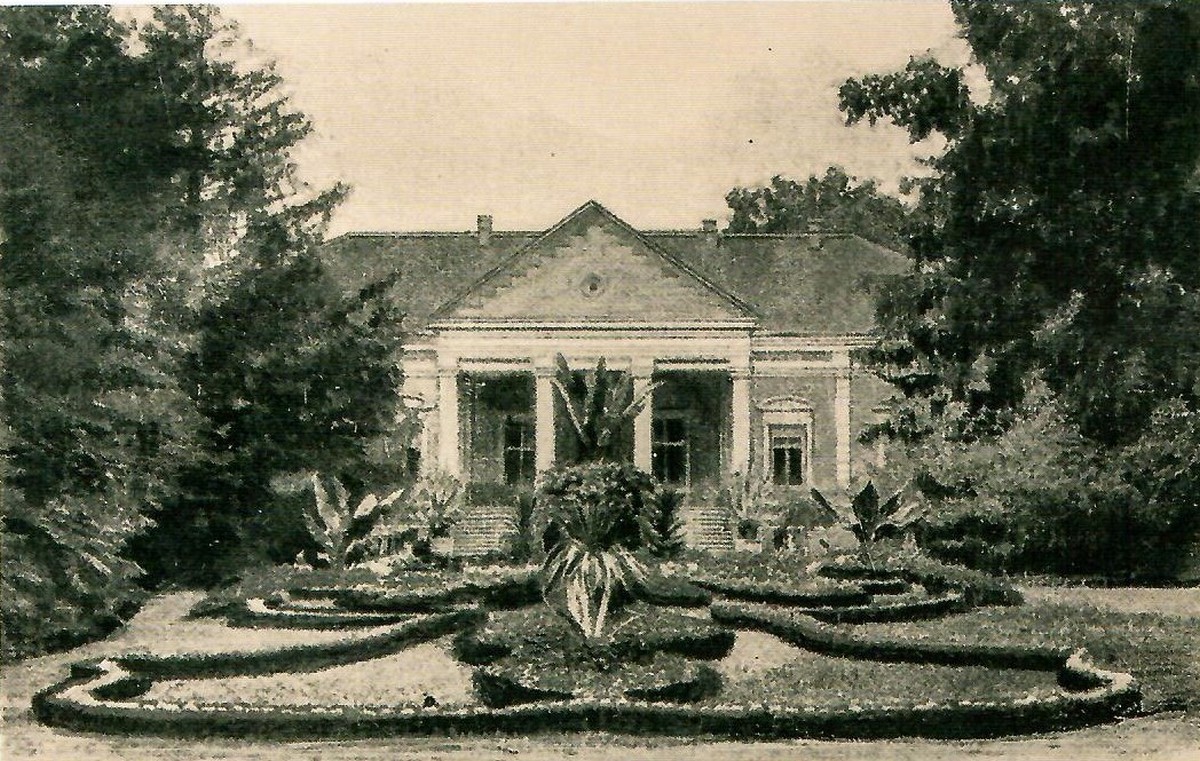
Damaskin-Dundjerski Castle, Hajducica
The Damaskins were a prominent noble family from present-day Romania, from the town of Németh. Members of this family bore the predicate `de Németh` next to their surname Damaskin (Romanian: Damaschin, Hungarian: Damaszkin).
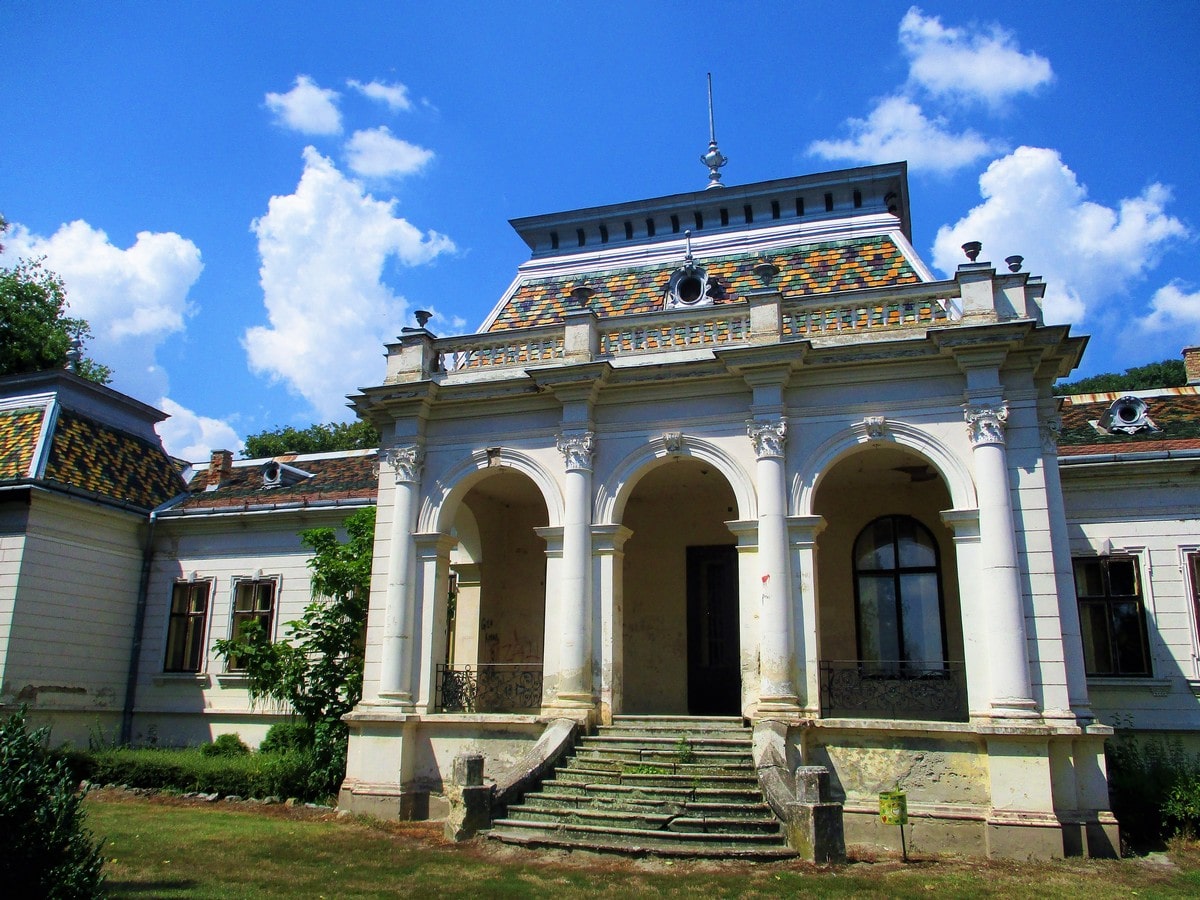
Danijel Castle, Konak
In 1898, Count Ladislav Danijel decided to build a castle in the village of Konak, near the bridge on the river Brzava.
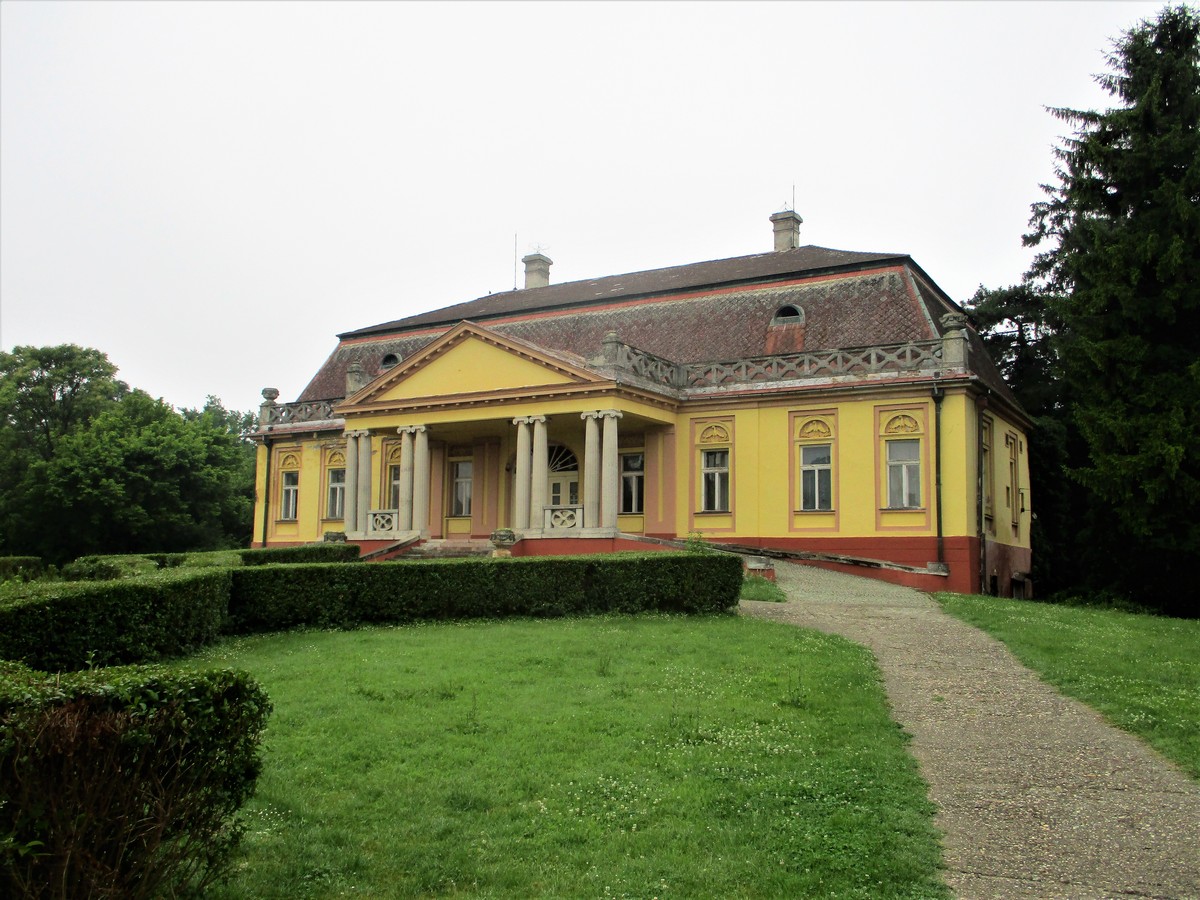
Stratimirović – Dunđerski Castle, Kulpin
This family was one of the most important Serbian families in the monarchy. They were among the first to acquire nobility for military merits, as early as 1745 from Maria Theresa.
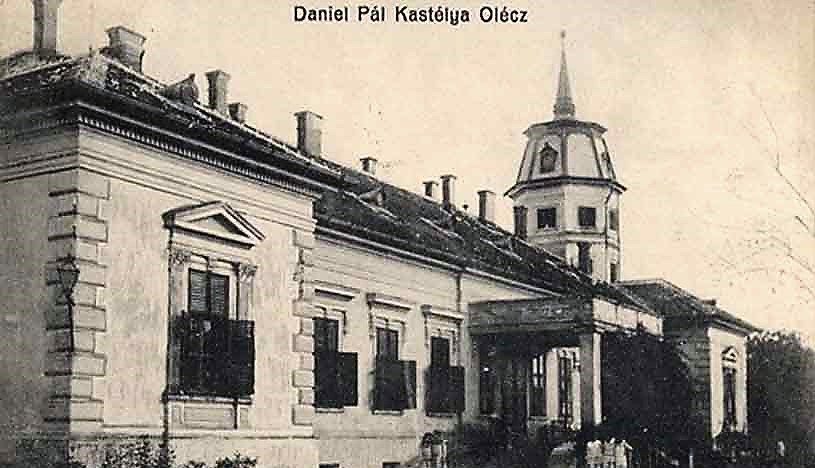
The Big Castle Danijel, Stari Lec
Situated in the village of Stari Lec, in Plandište municipality, the Big Castle Danijel was built by the members of Magyarized Armenian family of Danijel (it is probably from original surname Danijeljan) – they were landlords at the time.
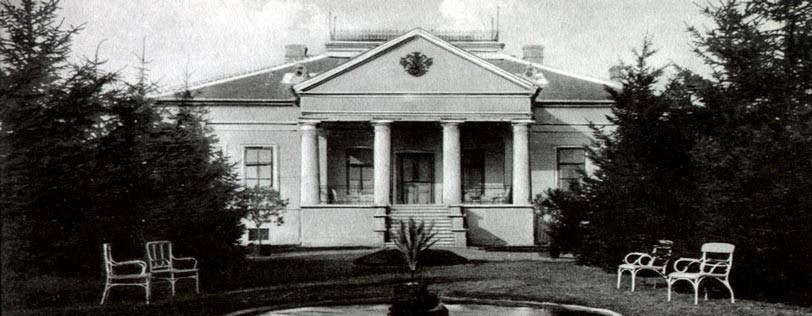
The Small Castle Danijel, Stari Lec
The Small Castle Danijel situated in the village of Stari Lec, in Plandište municipality, was built by the members of Magyarized Armenian family of Danijel (it is probably from original surname Danijeljan) – they were landlords at the time.

Kapetanovo Castle, Stari Lec
Kapetanovo castle is situated in the village of Stari Lec, in Plandište municipality. It is only 100 metres away from the main road in the very heart of Banat plain.
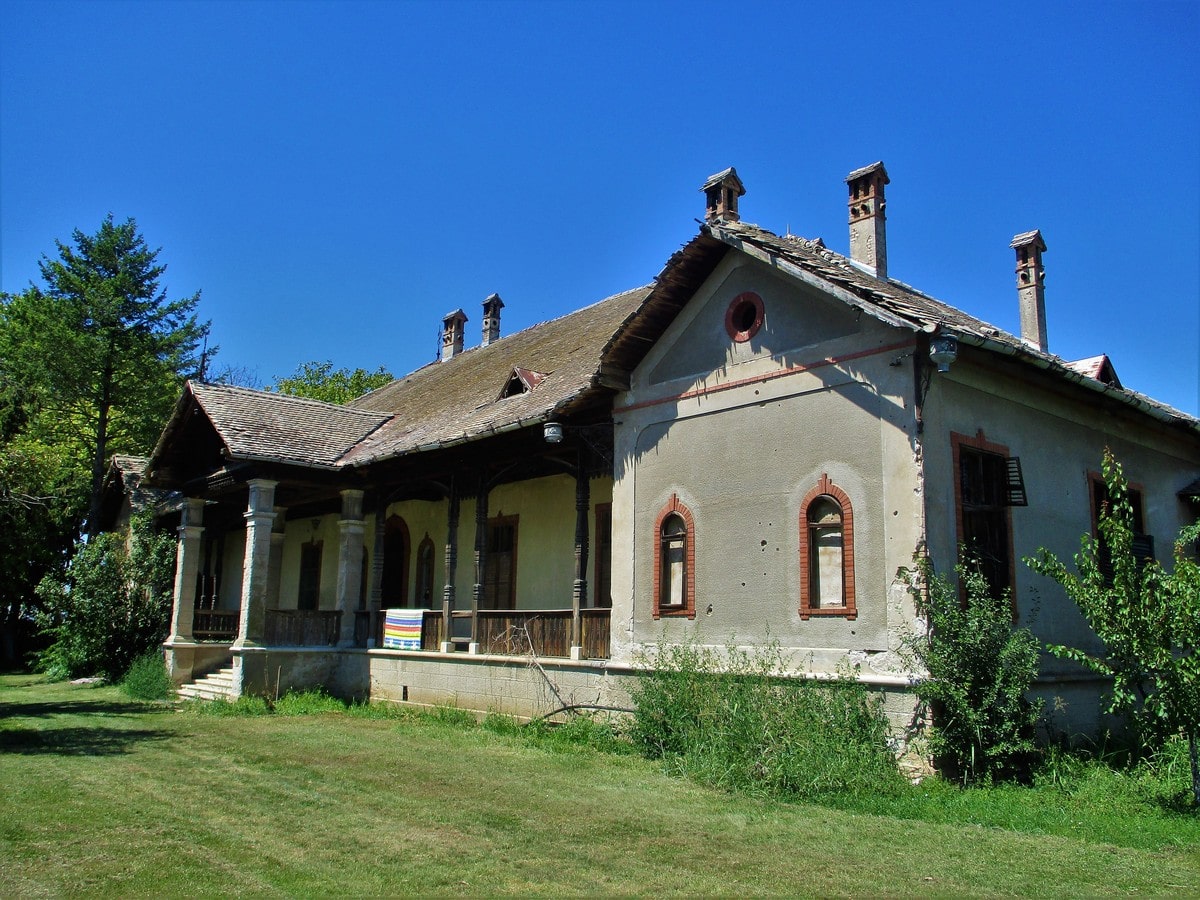
The country house of Višnjevac, Veliki Radinci
The house features characteristics typical of the manor houses which served for summer residence far away from the hustle and bustle of the city.
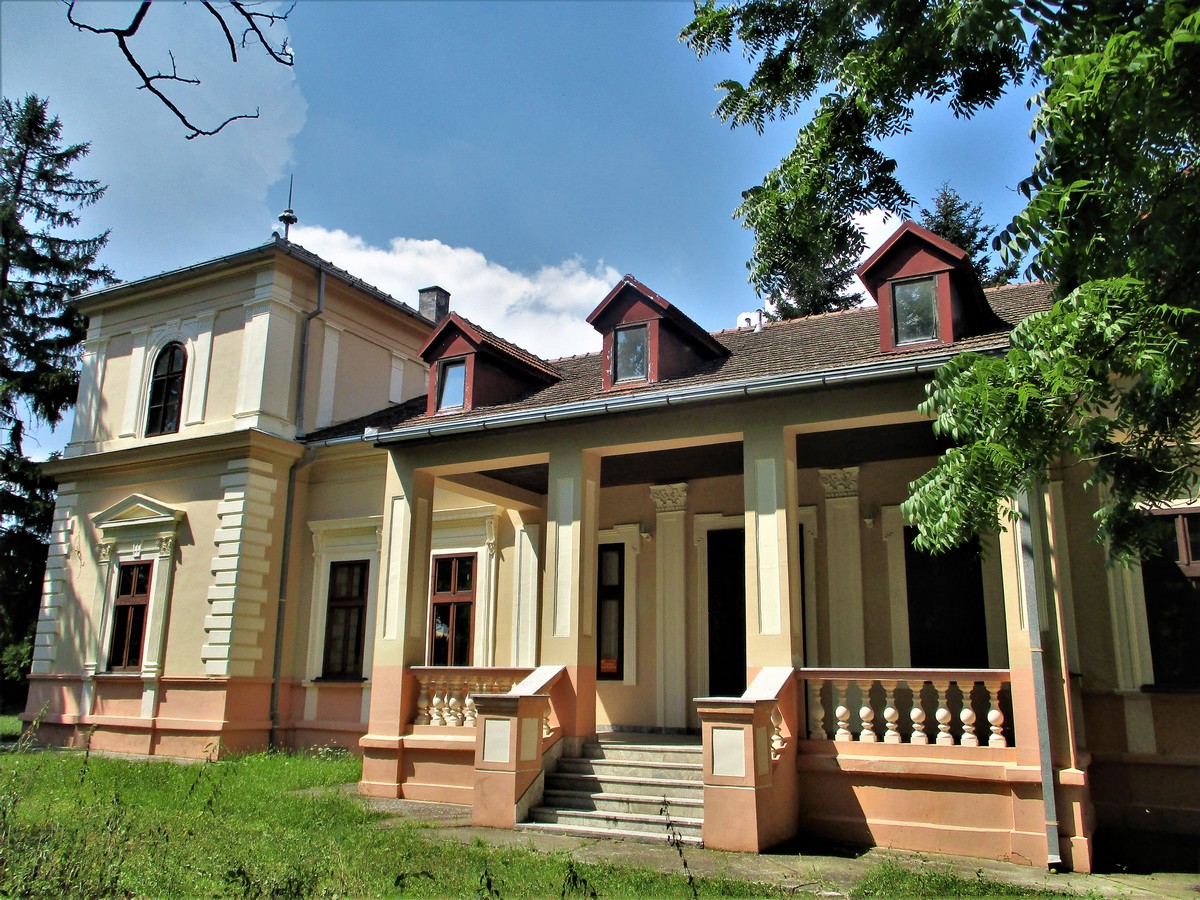
Jagodić Castle, Konak
The castle building itself is in an elongated rectangular shape and with perfect symmetry. The building is laterally marked with two projections that look like towers.
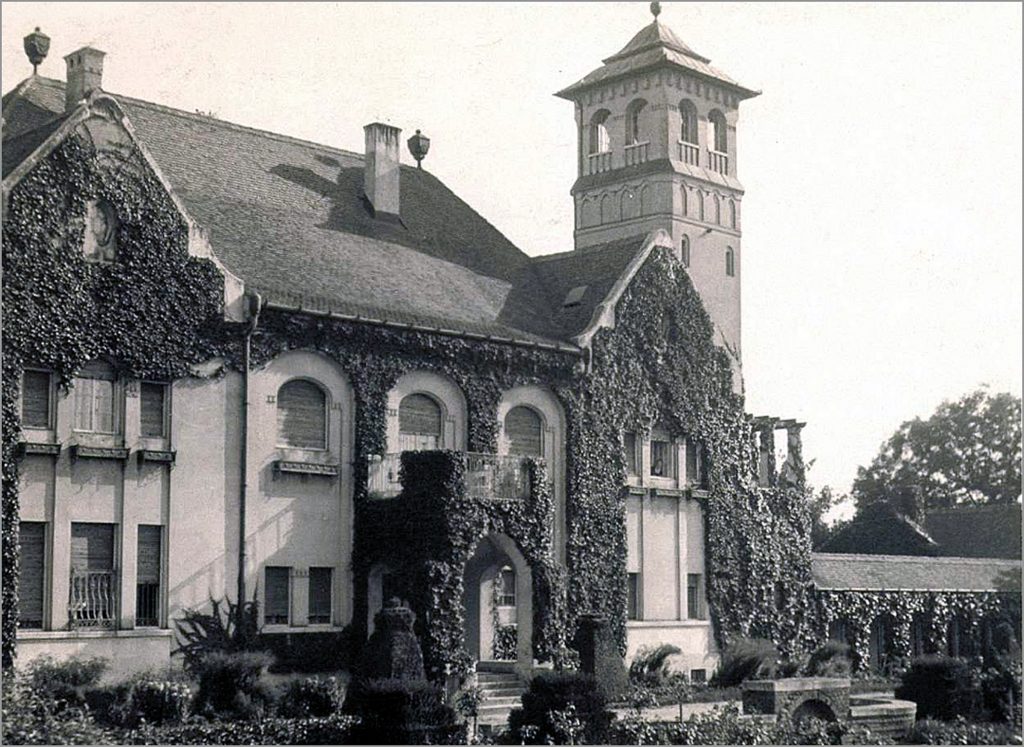
Baba Pusta Castle, Aleksa Šantić
Baba Pusta (Baba Puszta), the castle owned by the nobleman Károly Fernbach, is situated 9 kilometres from the village of Aleksa Šantić (Šari), only a short distance from the border between Serbia and Hungary.

Eđšeg Château and Cultural Station, Novi Sad
Eđšeg château (Hungarian: Egység) is a city-type manor house built on the outskirts of Novi Sad at the time, by the road to Futog, in today’s Anton Chekhov Street 4.

Fischer's Salaš Jarak, Sremska Mitrovica-Ruma
Between Ruma and Sremska Mitrovica, recently from the village of Jarak, but literally as a separate settlement, there is Fisher's farm. The name "Fisher's Farm" has been extended to the entire complex of auxiliary buildings located around the original farm.
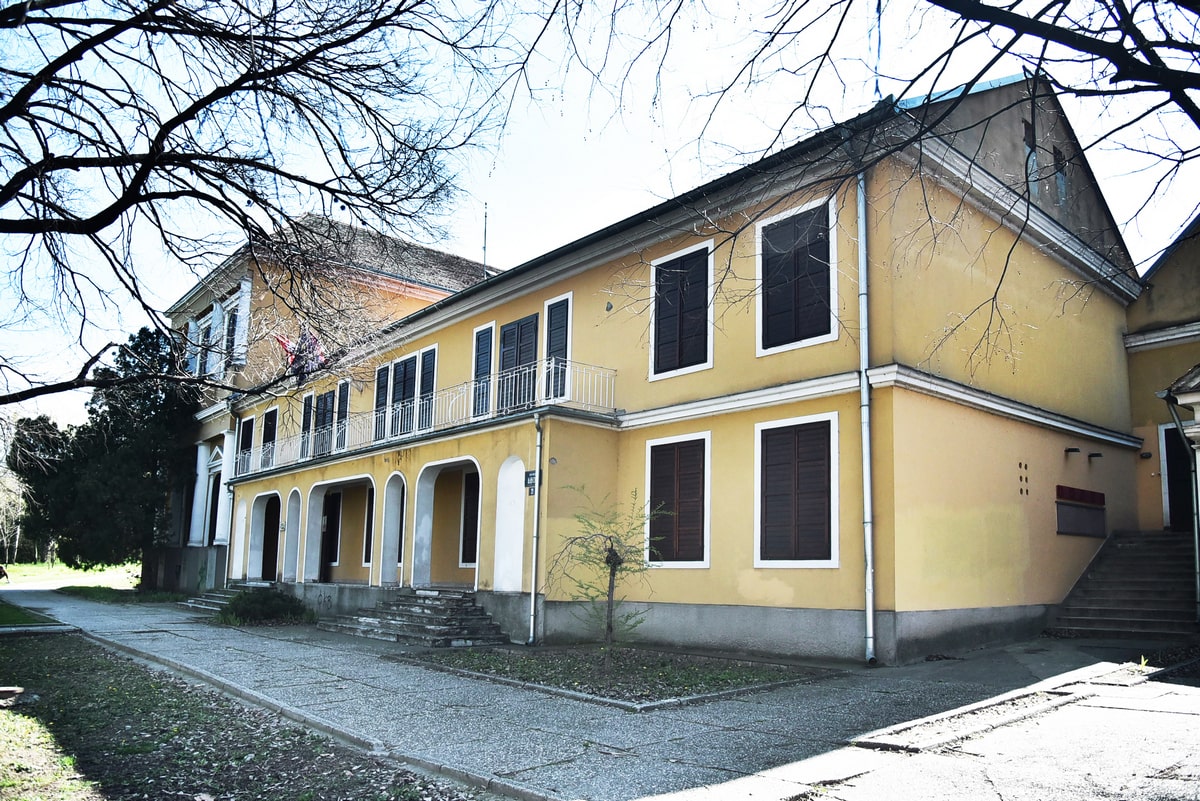
Marczibányi - Karácsonyi Castle, Sremska Kamenica
In Kamenički Park, one of the favourite picnic spots of Syrmians and Novi Sad residents, there is a large castle that today has a completely prosaic purpose.
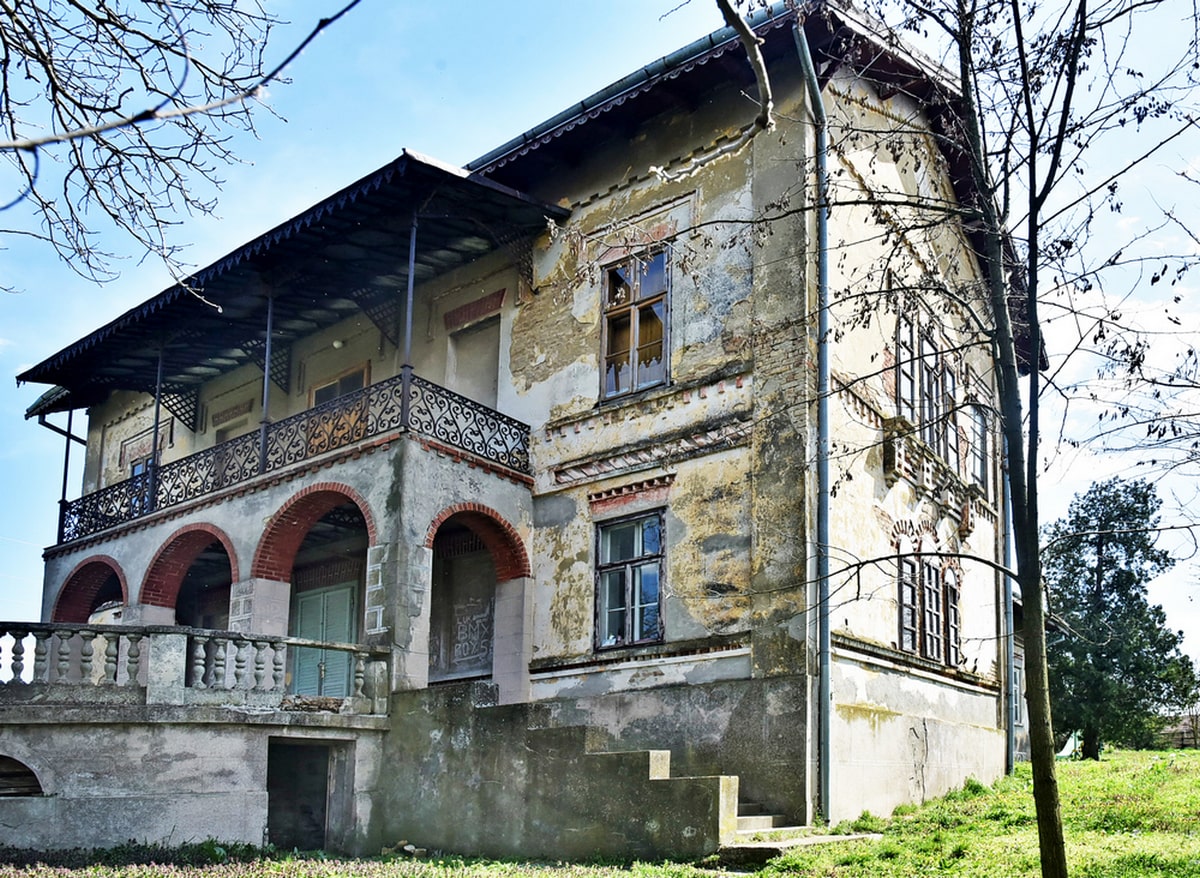
Summer house Pejačević, Jarkovci, Inđija
At the end of the main street in Jarkovci, a village located in the peace and quiet of the slopes of Fruška Gora, far from the noise of the outer world and close to Jarkovačko Lake, there is a quiet castle.
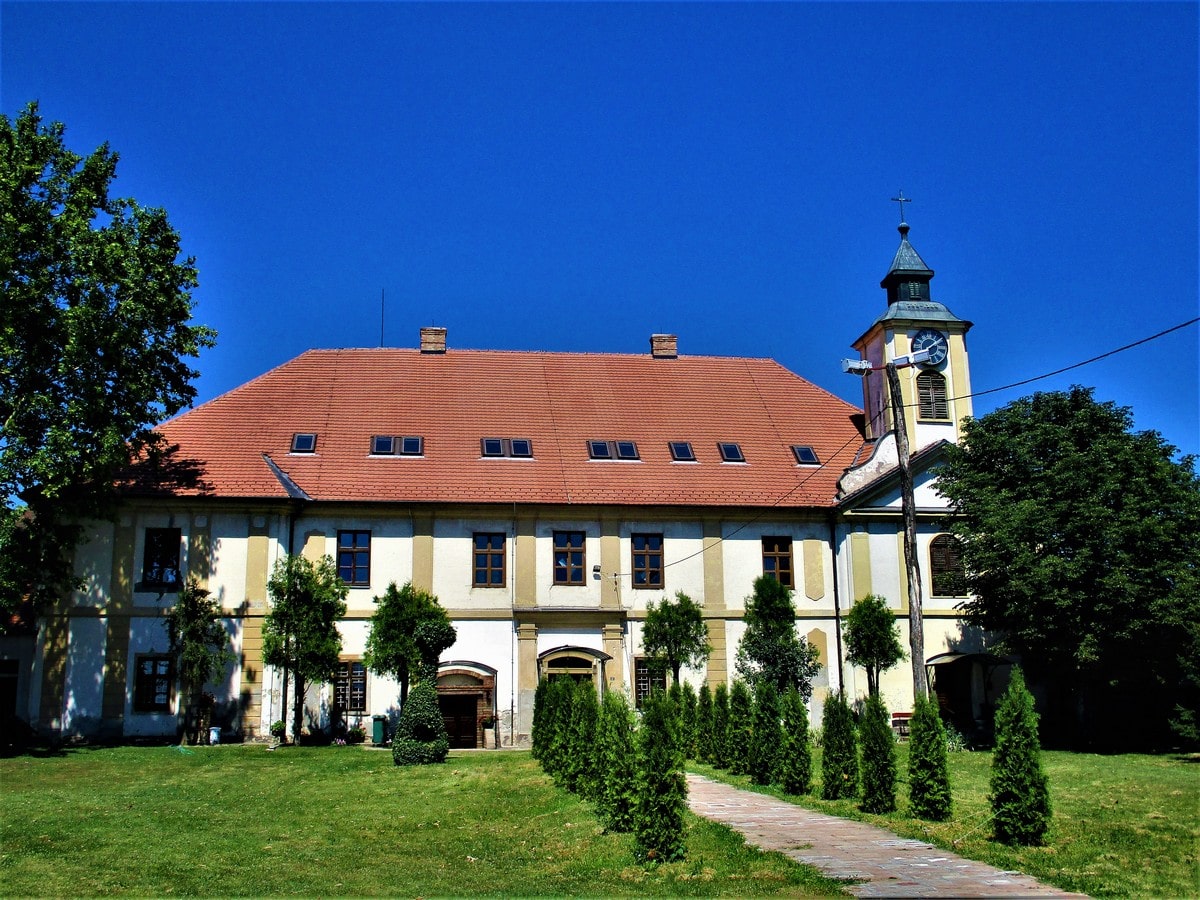
Ruthenian Court, Šid
The Ruthenian (“Ruski”) court, as a name, leads us to potentially doubly wrong associations, because it has nothing to do with what we consider “Russians” today, and it is not the court we imagine when it comes to the residence of a rich Orthodox or Roman Catholic bishop.
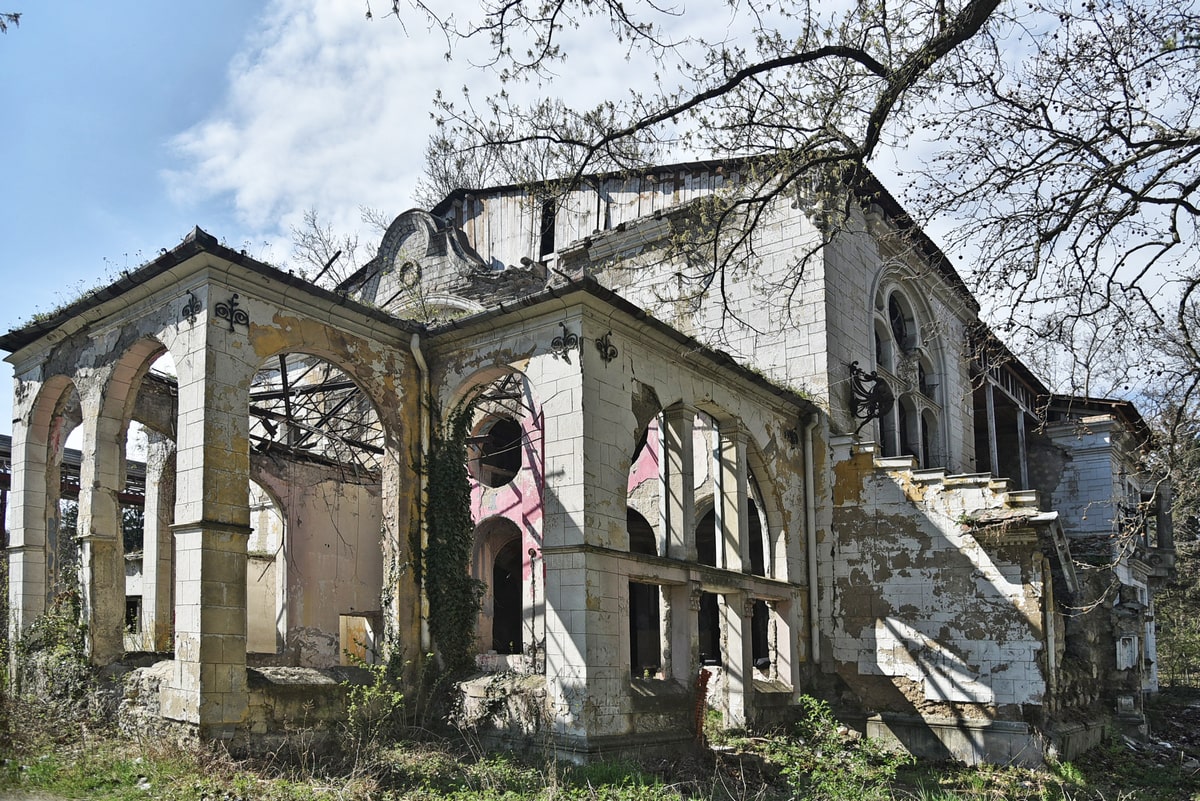
Spitzer Castle, Beočin
Perhaps the saddest impression of all castles in Serbia is given by the legendary Spitzer Castle. Probably the impression of sadness is proportional to the size and splendour of the castle it once had, before the almost complete devastation.
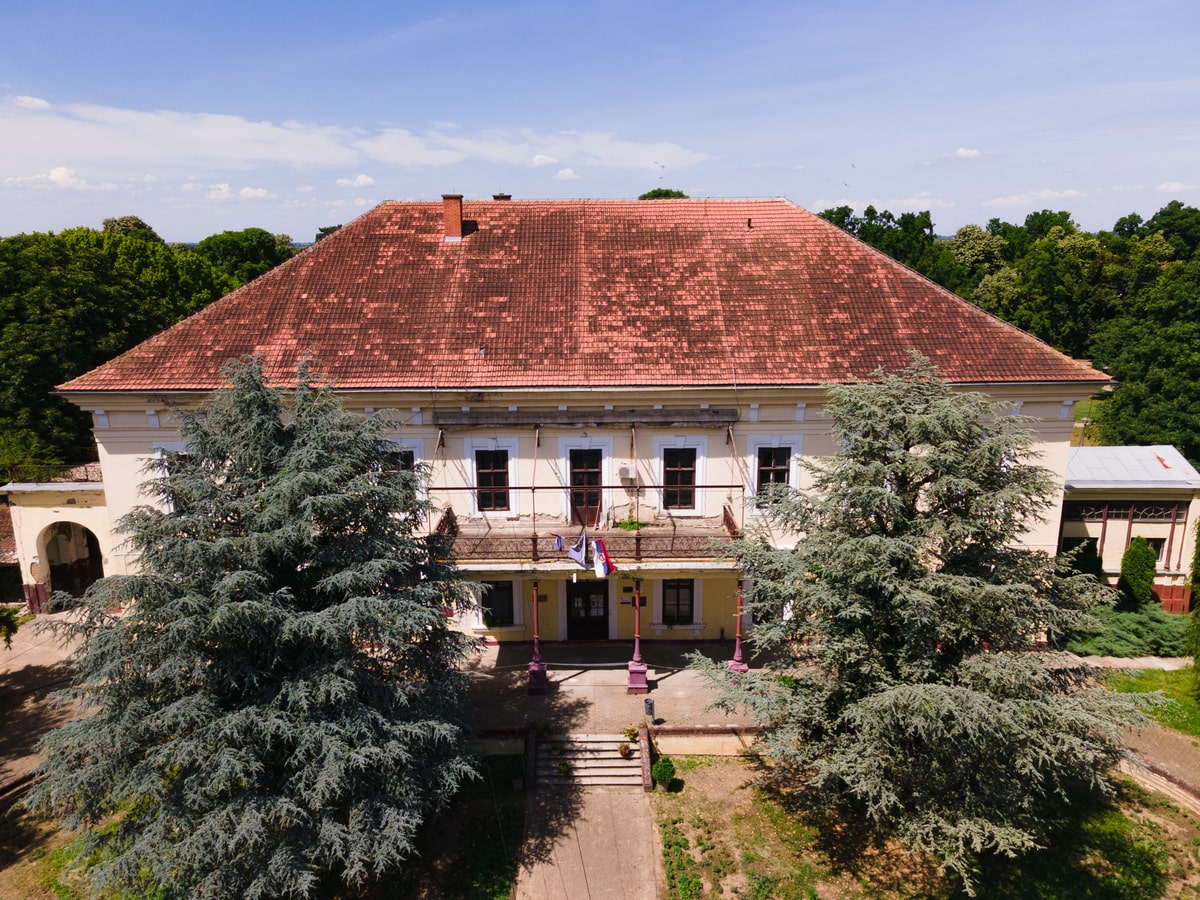
Hadik-Chotek Castle, Futog
Although the younger generations mostly connect it with the agricultural school, the castle in Futog is one of the oldest buildings in Vojvodina of this type, and it is located on one of the most important and largest estates in Bačka.

Villa Ravne, Grabovo-Sviloš
Far in the forest, in the farthest, northwestern part of Fruška gora, where there are villages where there is hardly a mobile phone signal and the roads often lead only to the village, and not further, there is Villa Ravne, often called Tito’s villa or Leka’s villa. It is located between the villages of Sviloš and Grabovo in the Beočin municipality, and it is 6 kilometres away from Sviloš.
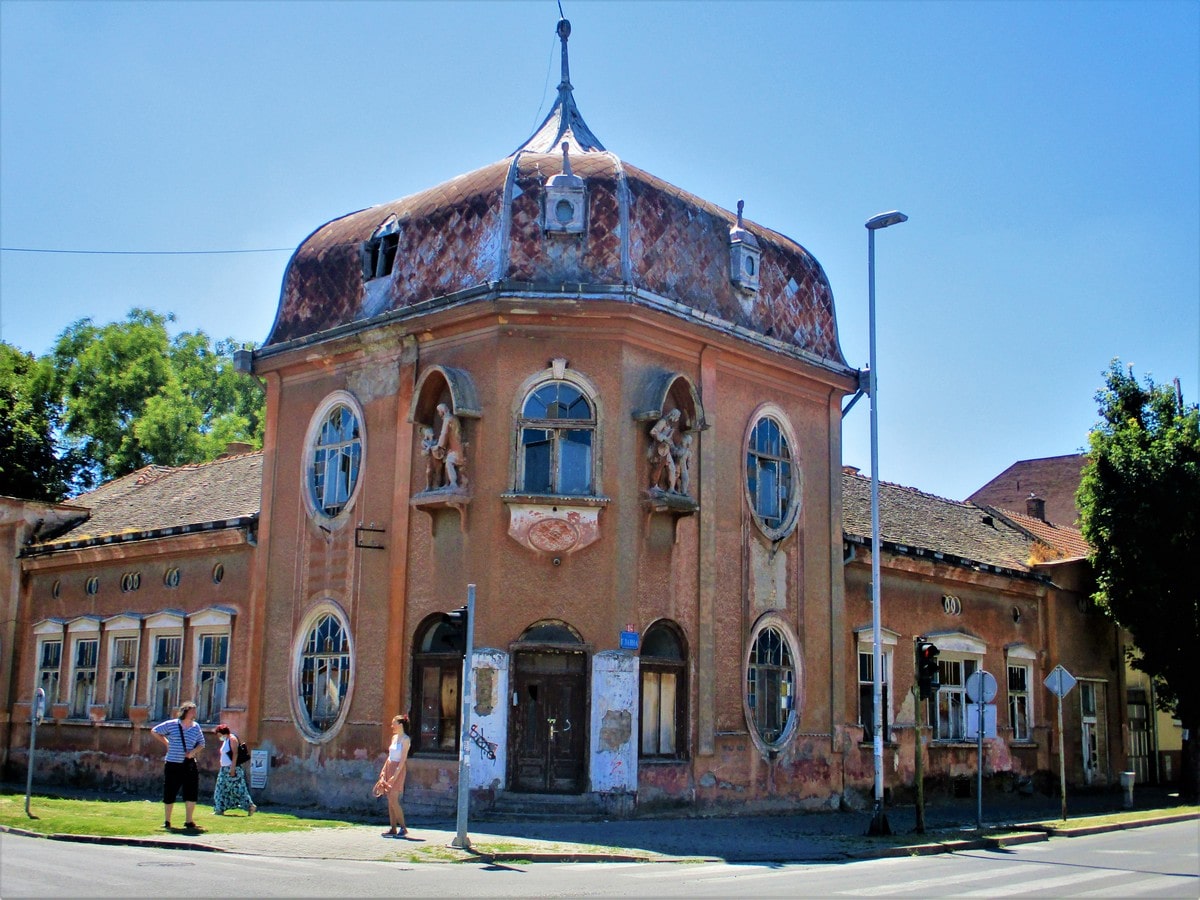
Croatian Home, Ruma
Perhaps the most beautiful, and certainly the most intriguing building in Ruma, and definitely the one that is the pride and dignity of the people of Ruma in the architectural sense, is the building of the Croatian Home, erected in 1912 in the midst of national fervour and Art Nouveau style.
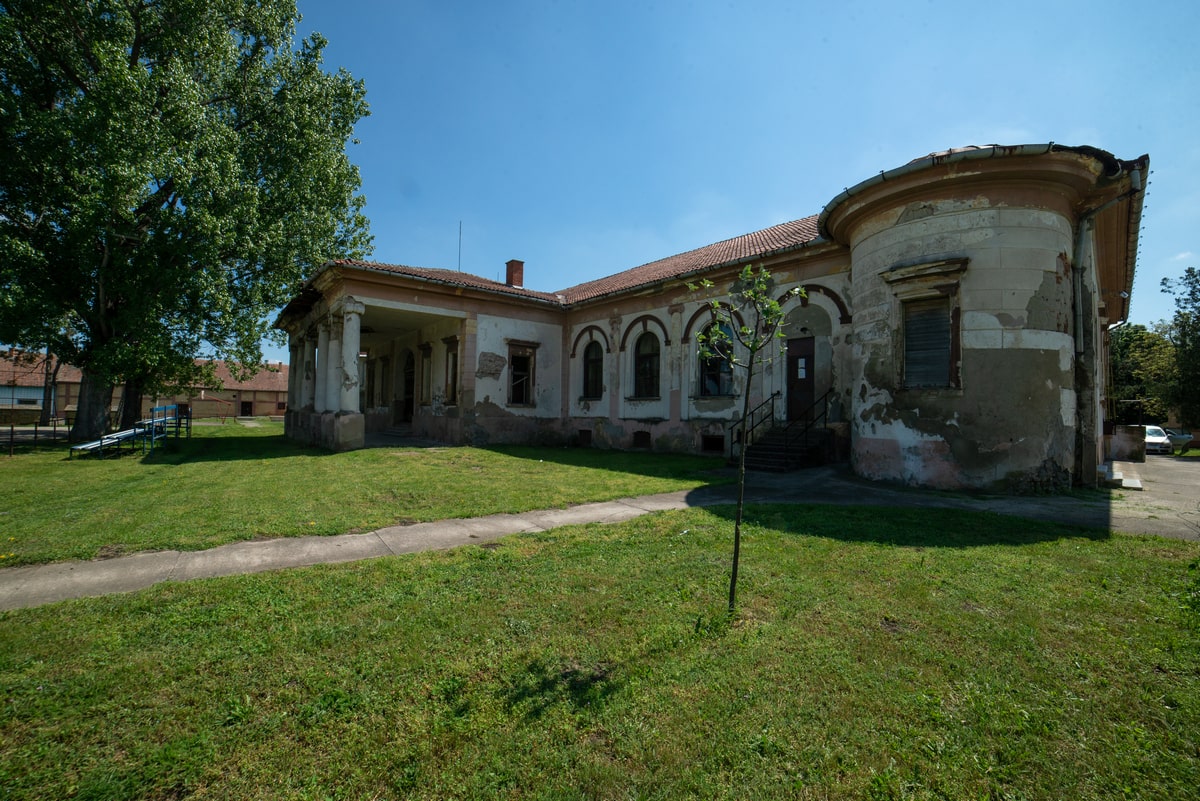
Castle Hertelendi-Bajić, Bočar
The castle was built in classicist style by prefect of the Torontal County József Hertelendi at the begining of the 19th century.

Castle Hertelendi-Bayer, Bočar
One of the best examples of how a neglected castle can be renovated and given a new purpose is Hertelendi-Bayer Castle, which is located in the village of Bočar.

Kaštel Vamošer, Bački Monoštor
One of the most interesting castles of rich families in the vicinity of Sombor, built in the 19th century, is Kaštel Juranović, which was later named Kaštel Vamošer after the new owner.

Summer house Mavrocordato, Kikinda
One of the once most beautiful, and today the worst devastated castles in Vojvodina is the Mavrokordato summer house.

Villa Ertl, Odžaci
Villa Ertl is located in Odzaci, in western Bačka, which before the Second World War was largely inhabited by the Danube Swabians (Germans) from the provinces of Alsace and Lotharingia, which today belong to France.
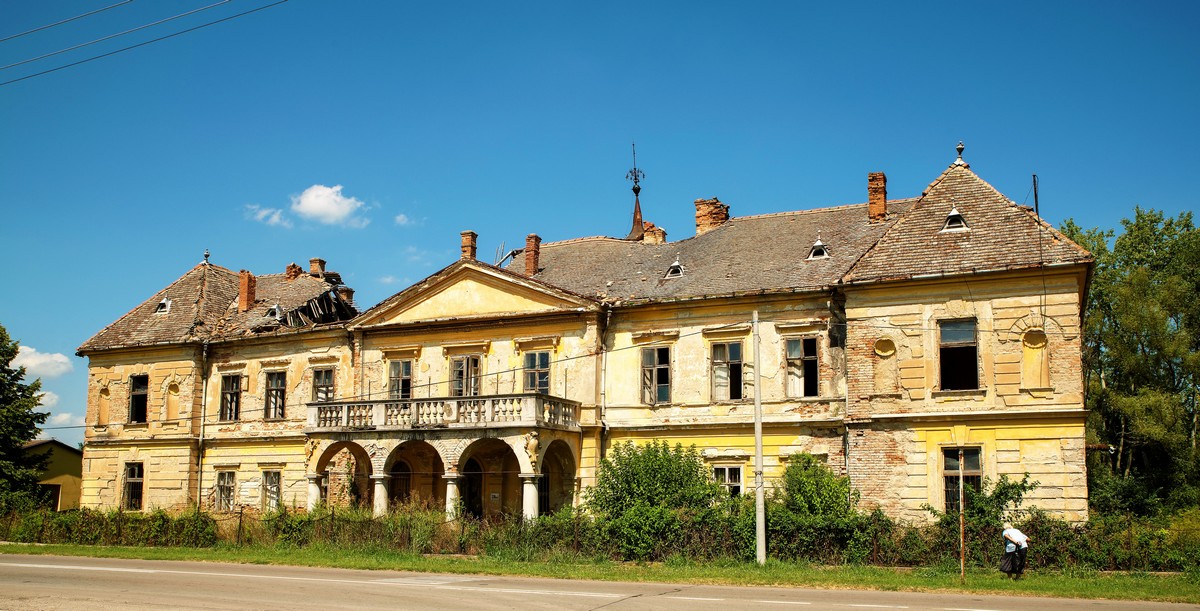
Bissingen Castle, Vlajkovac
Bissingen Castle is located in Vlajkovac, a place located by the international road Pancevo-Timisoara, in the municipality of Vršac, just before entering the town of Vršac, at the very threshold of the village, seen from Pancevo.
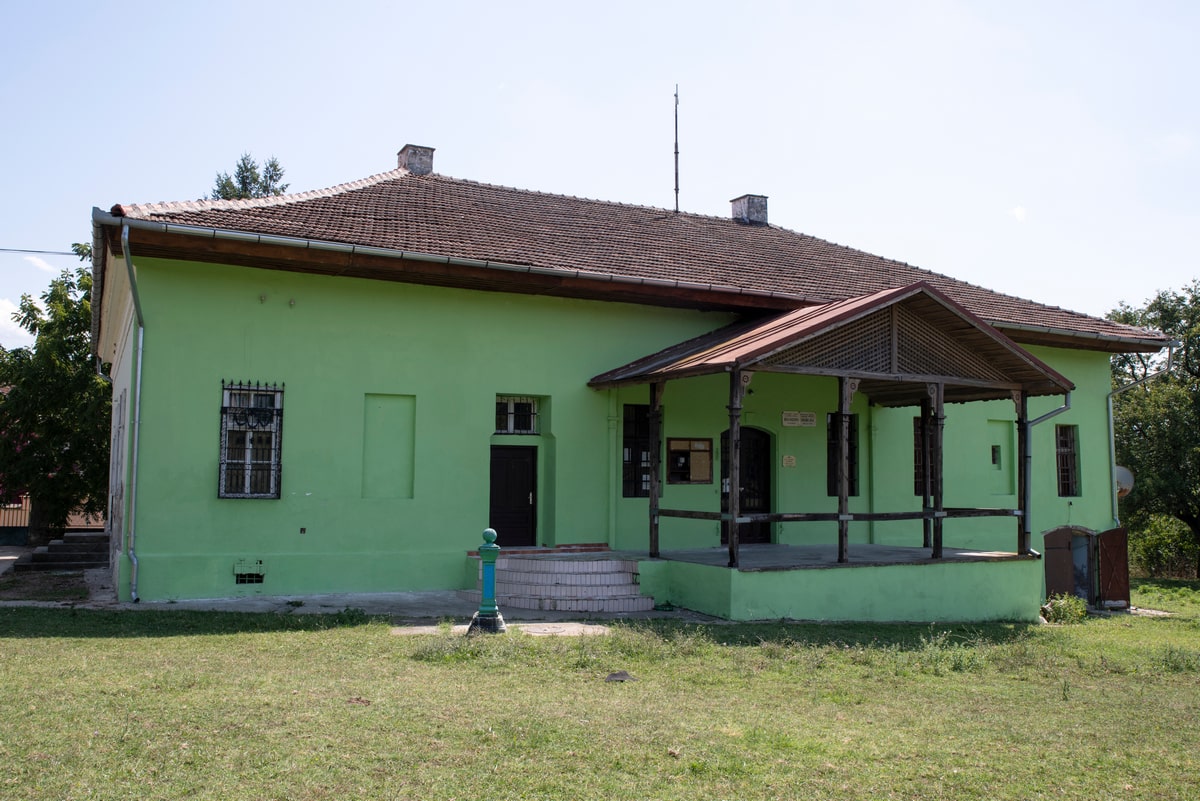
Baron Jovanović's Castle, Sočica
At the very Romanian border, at the beginning of the Carpathians, there is the Banat sub-Carpathian village of Sočica, where almost all the population is Romanian. Nevertheless, the biggest attraction of the village is the castle of Baron Jovanović, a Serb.
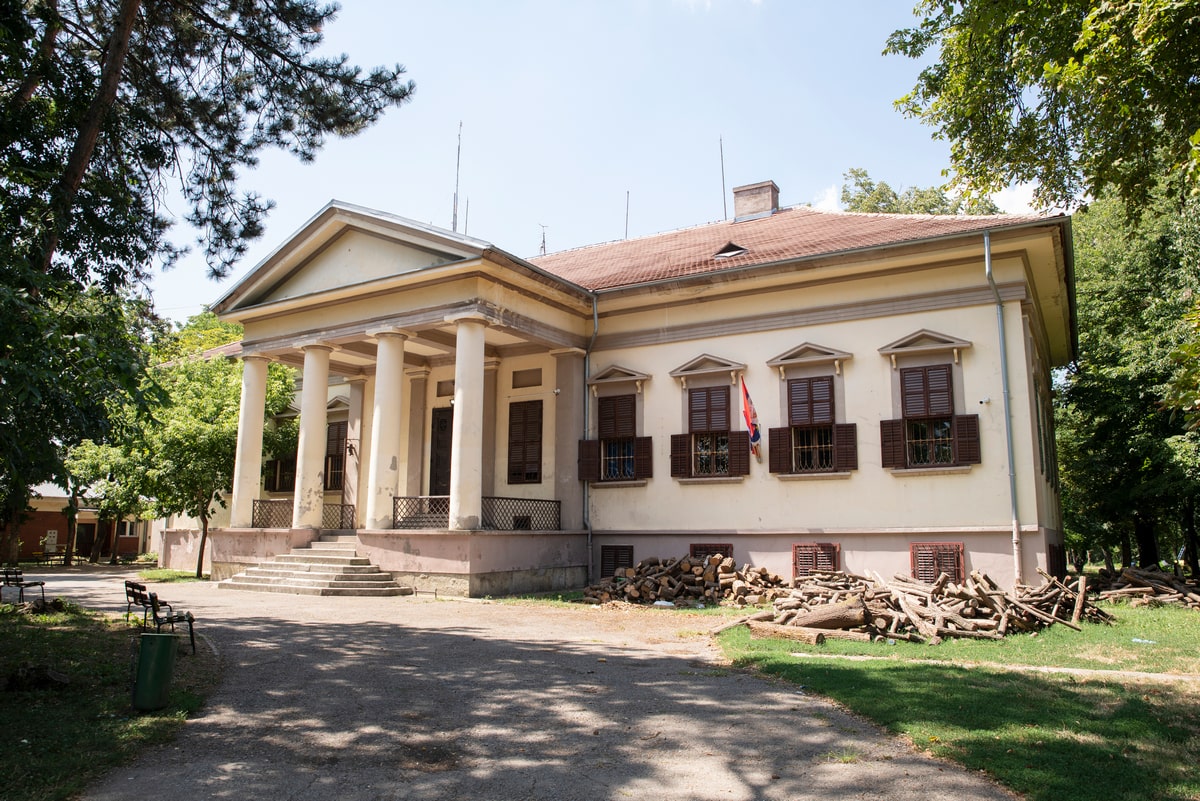
Lazarević Castle, Veliko Središte
In the small village of Veliko Središte, there are practically two castles in the same yard, both of which belonged to the noble Lazarević family.
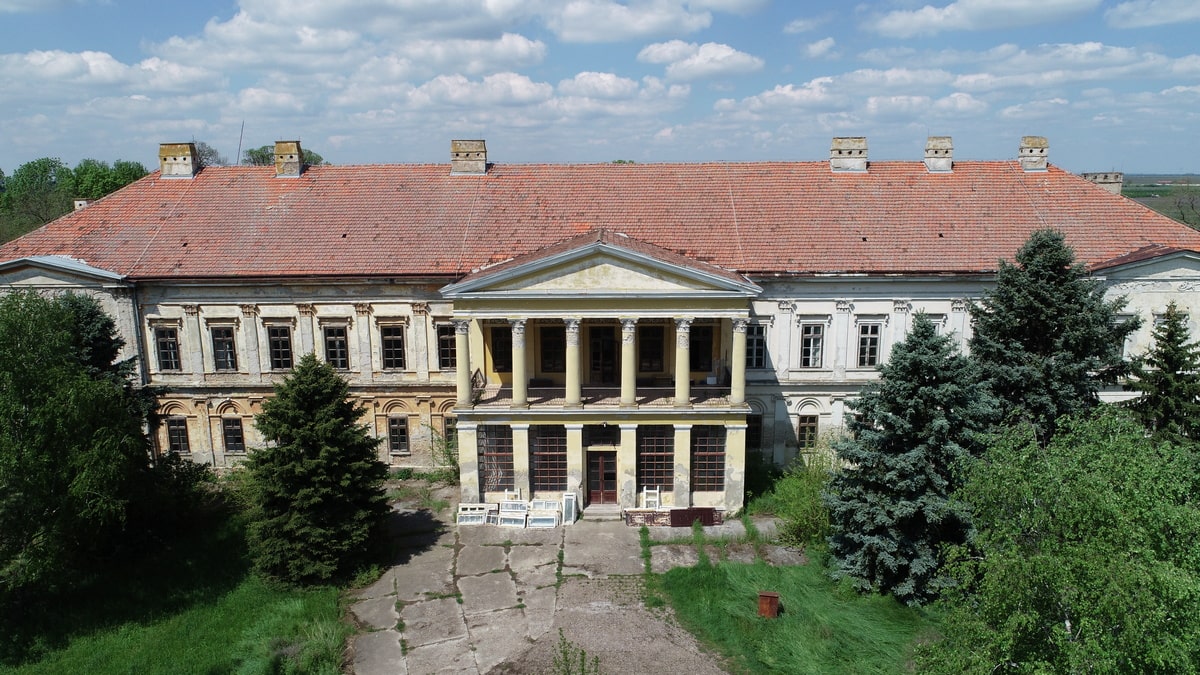
Karácsonyi Castle, Novo Miloševo
It was built by nobleman and prefect of the Torontal County Lájos Karácsonyi between 1842 and 1846 on his estate in Beodra.
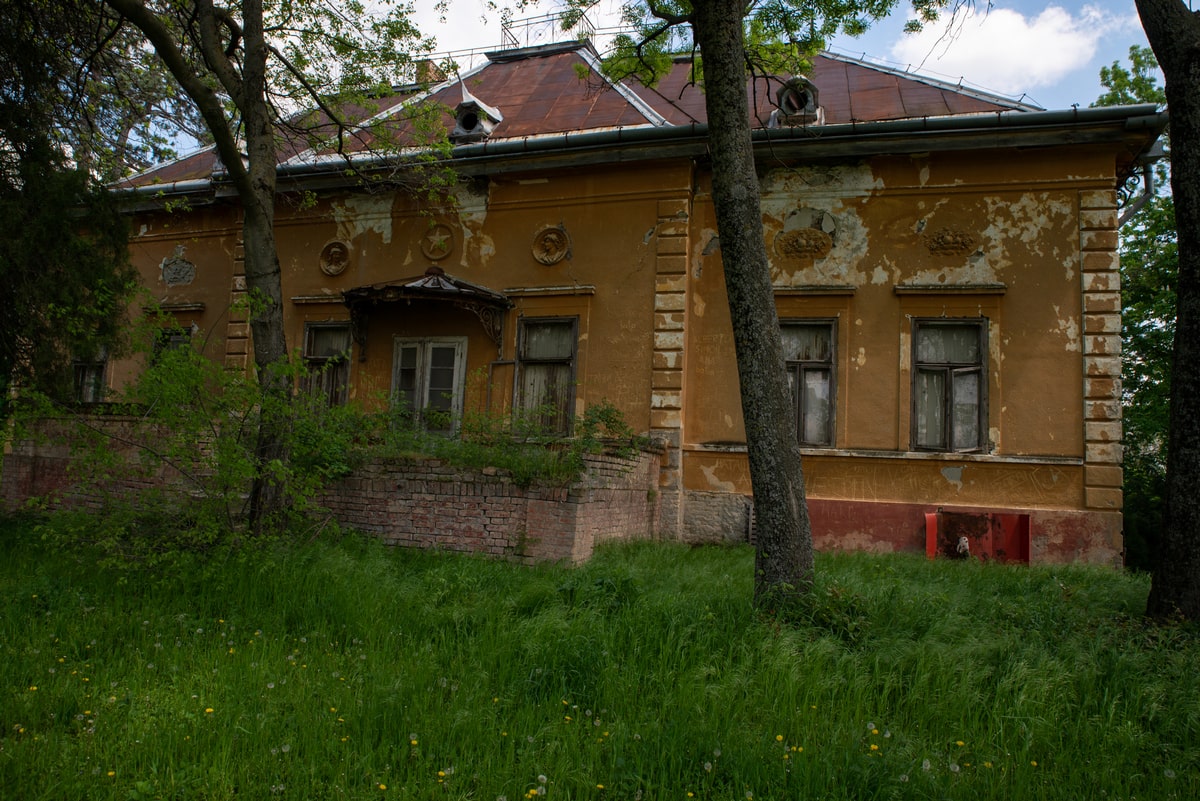
Villa Rohonci Pearl Island, Novi Bečej
The Castle at Pearl Island (Biserno ostrvo) was built by baron Gedeon Rohonci at the end of the 19th century. It is located in natural surroundings of the bayou, the so-called Dead Tisza, that is suitable for growing grapevine. This is where the best quality, autochthonous Krokan wine originates from.
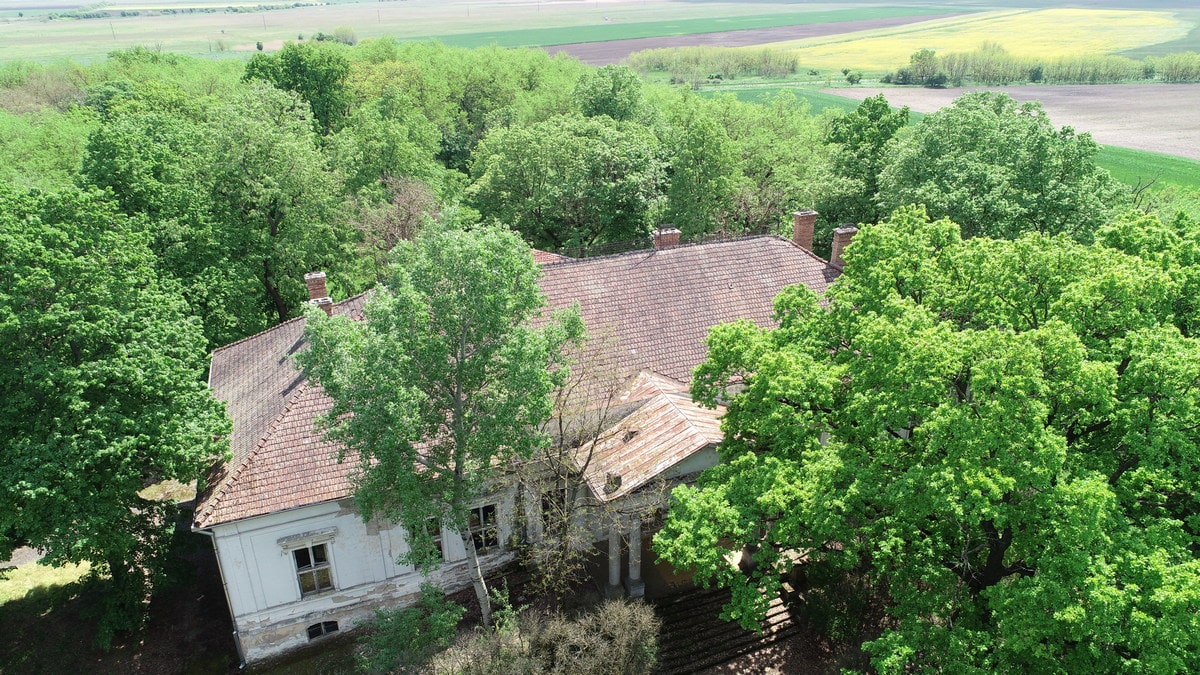
The Lazar Dunđerski’s Sokolac Castle, Novi Bečej
The castle was built by Lazar Dunđerski in the last decades of 19th century. The castle and entire estate, which used to be called Great Farm and was covering the area of 3.997 acres, was given to Emilija “Milka” Ivanović, daughter of Lazar Dunđerski, as a dowry.
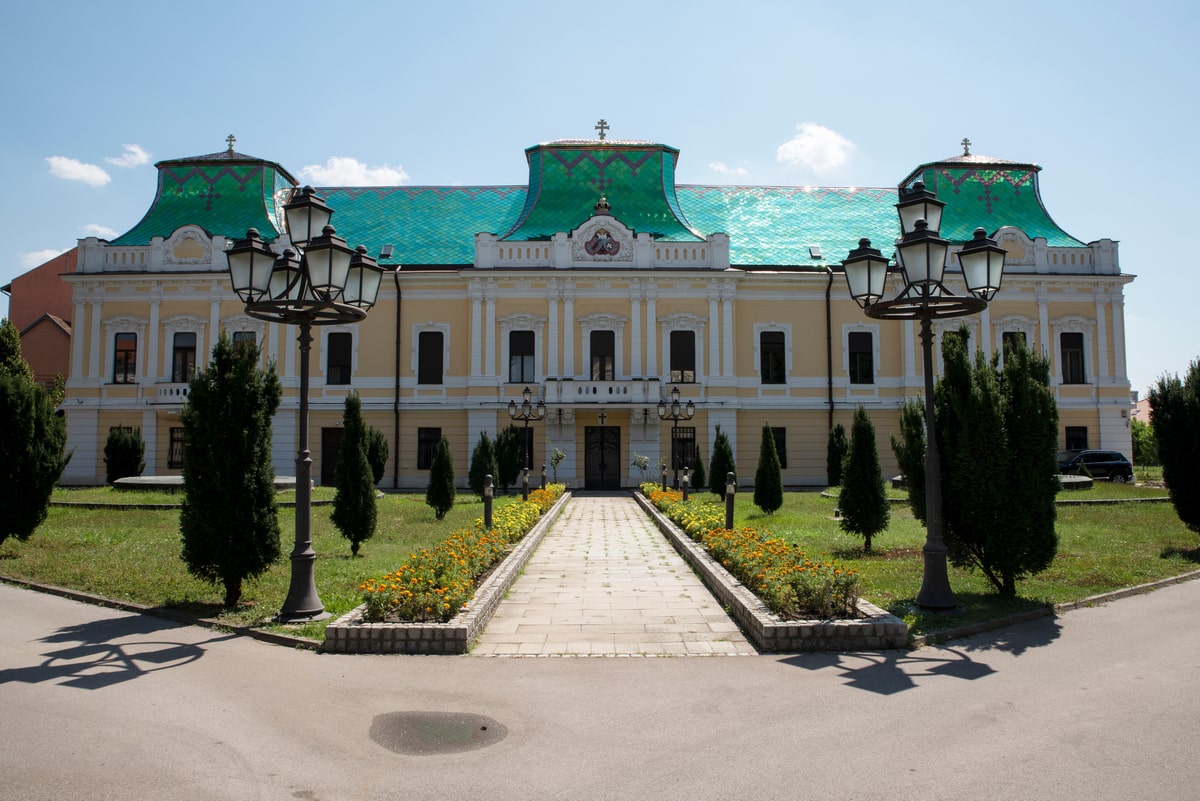
Bishop's Palace, Vrsac
The palace was built between 1750 and 1757 (according to some data between 1757 and 1763), while the bishop (vladika) was Jovan Georgijević. It is the only bishop’s palace from the Baroque period among Serbs.
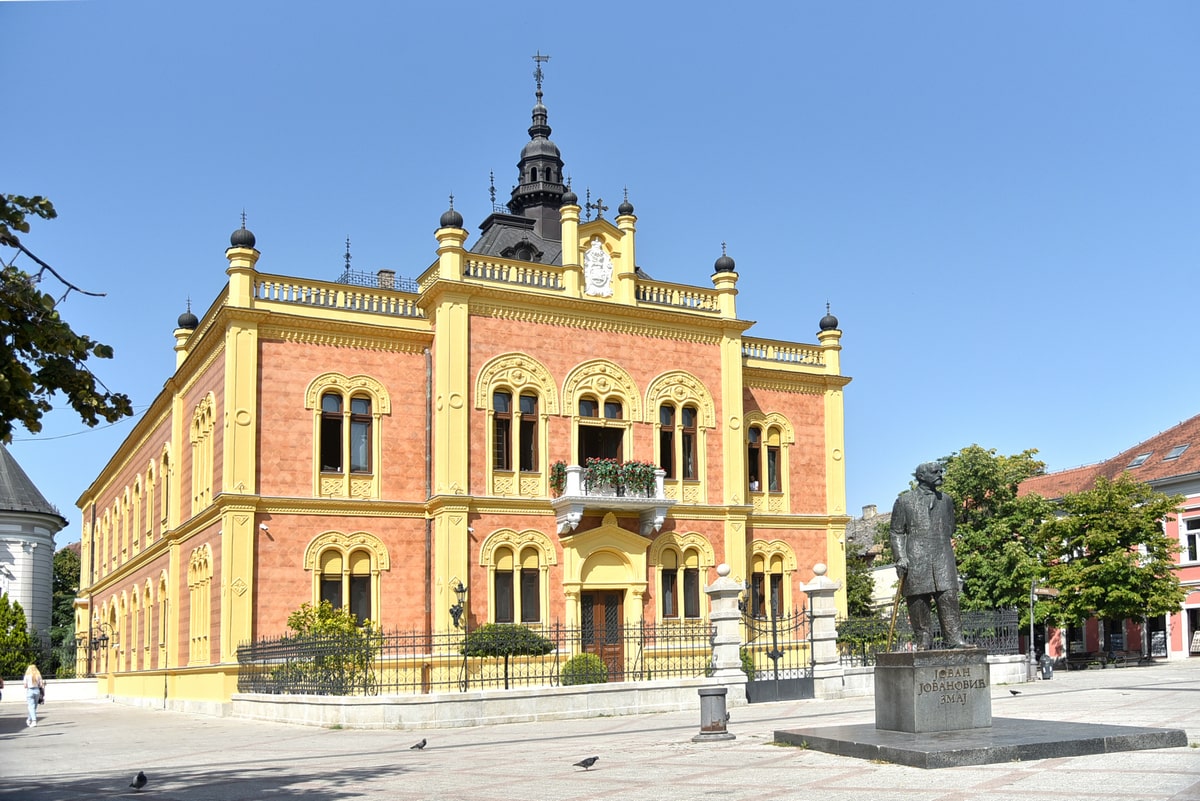
Bishop's Palace, Novi Sad
The Bishop’s Palace is located at the very end of Zmaj Jovina Street in Novi Sad, at the intersection with Nikole Pašića Street and Dunavska Street, but it represents the essential dead end of the Zmaj Jovina Street and its triumphant termination.
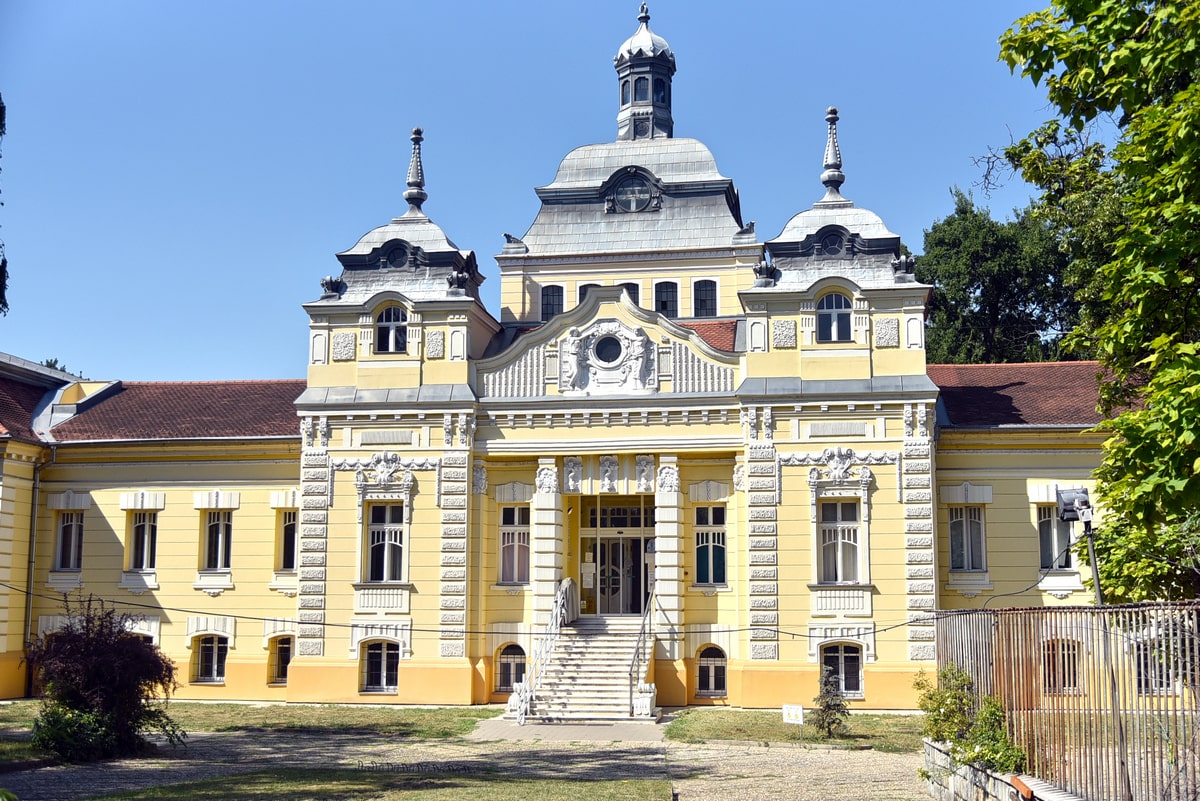
Iodine Spa, Novi Sad
One of the most impressive buildings in Novi Sad, built during the Austro-Hungarian Empire, is the fascinating Iodine Spa, which was once located on the outskirts of the city, but today is very close to the centre.
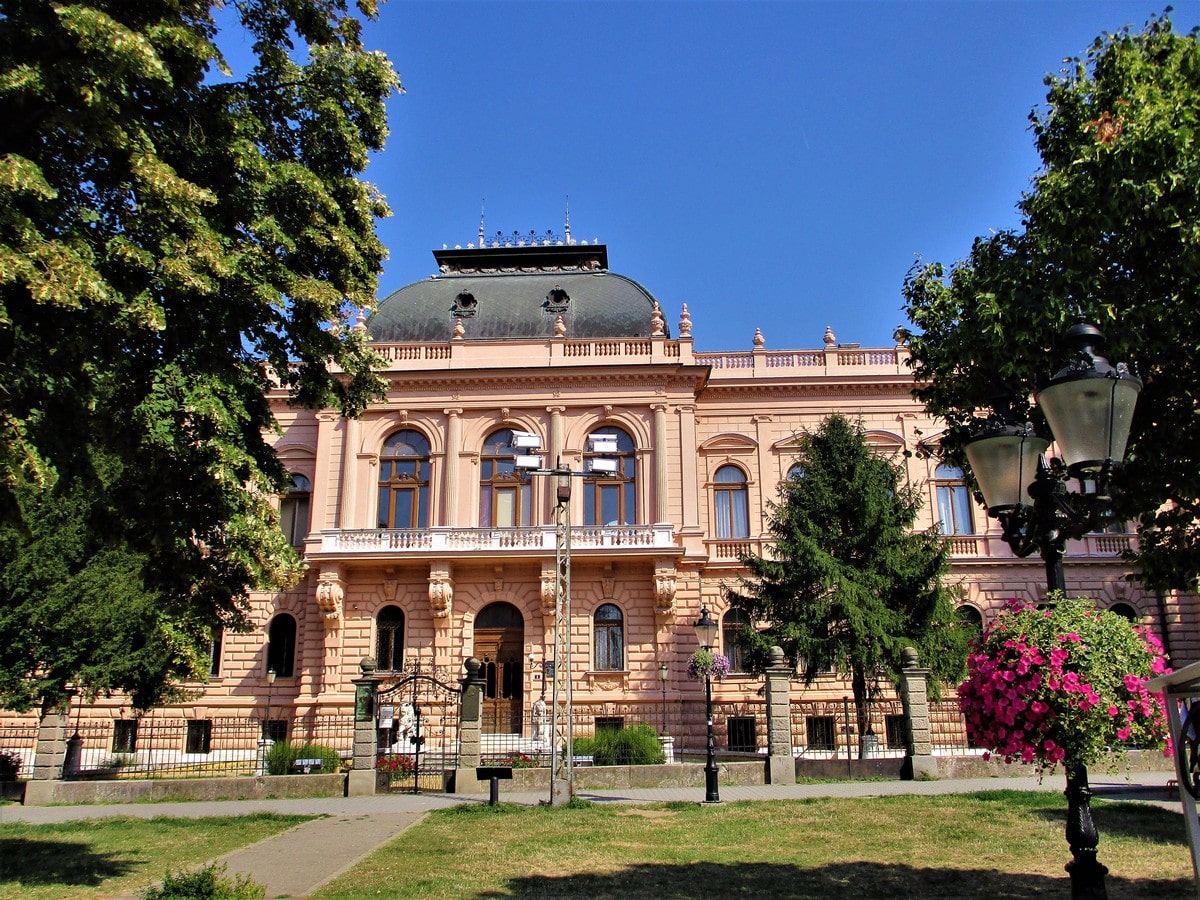
Patriarchate Court, Sremski Karlovci
The Patriarchate Court in Sremski Karlovci is one of the most magnificent buildings in all of Serbia.

Ilion Palace, Sremski Karlovci
The Ilion Palace was built in the period from 1836 to 1848 as the residence of Josif Rajačić, Metropolitan of Karlovci (1842-1848), later Patriarch of Serbia (1848-1861). It got its present visage in 1920.

Neuhausen Castle, Srpska Crnja
Neuhausen Castle in Srpska Crnja is located right next to the main road leading to Romania, almost next to the border checkpoint. It is surrounded by a park on the former estate of Count Čekonjić, and in the immediate vicinity of Majur (farmstead) “Julija”.

Theological seminary, Sremski Karlovci
The building of the seminary, that is, officially, the Theological Seminary, was erected for the needs of the boarding school for students of the Karlovci Theological Seminary 1901-1903. under the auspices of Patriarch Georgij Branković.

Bezeredj-Dunđerski Castle, Čelarevo
One of the castles that is inextricably linked with Serbian literature is the castle of the Dunđerski family in Čelarevo. However, when it was made, it was neither known by the richest family in Vojvodina name, nor was the village called that.
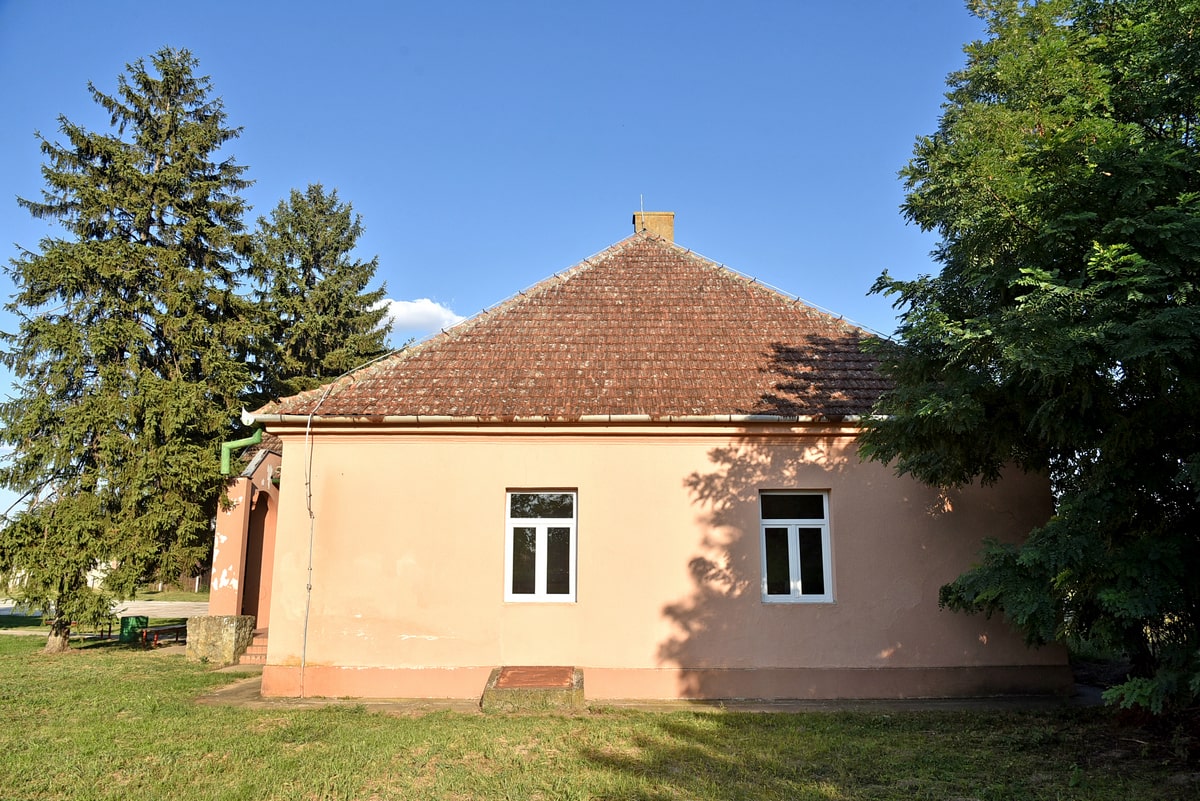
Summer house of Count Pejačević, Žarkovac
One of the villas of the count Pejačević from Ruma, apart from the villa “Moja volja” in nowadays Jarkovci, is a small building which is today a primary school in the village of Žarkovac, right next to Ruma, on the road to Inđija.

Herzl Castle, Vrbas
The castle was built by the Herzl landowner family, as a representative residential house, in the middle of the 19th century.
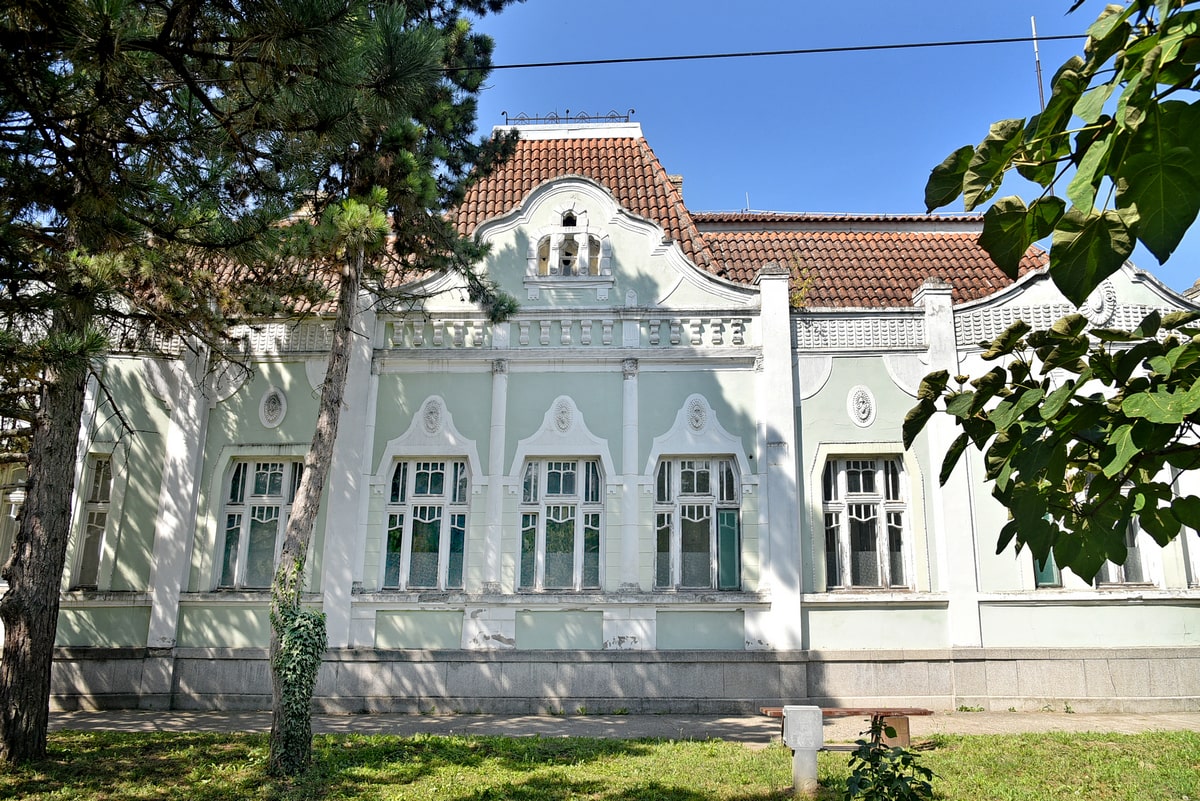
Villa Torža, Savino Selo
The village of Torža (Hungarian: Torzsa, all of the German original name Torschau) was formed by German colonization in the 18th century, in 1783, although the settlement of the same name was mentioned before the Turkish invasion during the Backa County in 1416, although the population probably fled north before the Ottomans, and the area was deserted.

Villa Ludwig Reiss, Bačka Palanka
It was built at the beginning of the 20th century, and Reiss was a landowner, he had a large tract of land on the border of the Obrovac-Tovariševo-Gajdobra area.
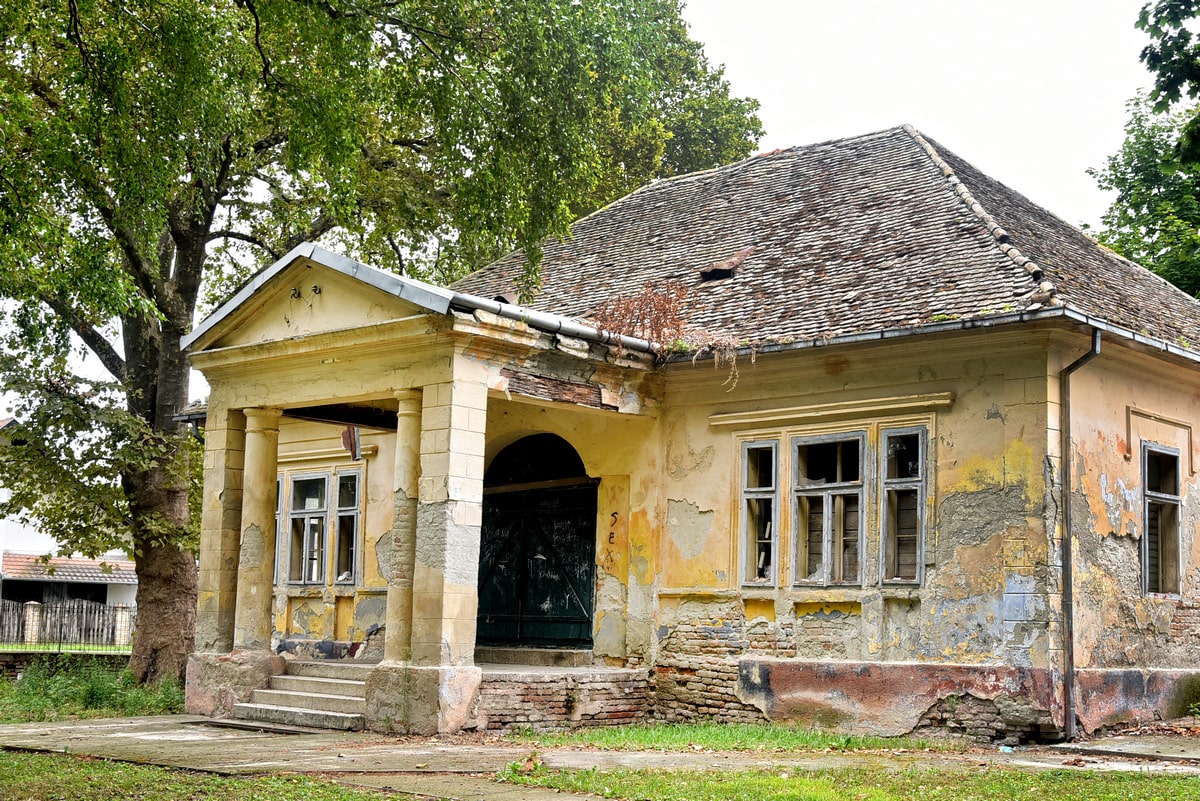
Fritz-Hristić Castle, Bačko Novo Selo
Fritz-Hristić Castle was built in 1900 and was built by two families: Hristić and Fritz, and is located at the corner of Josif Pančić and Vuk Karadžić streets in Bačko Novo Selo.
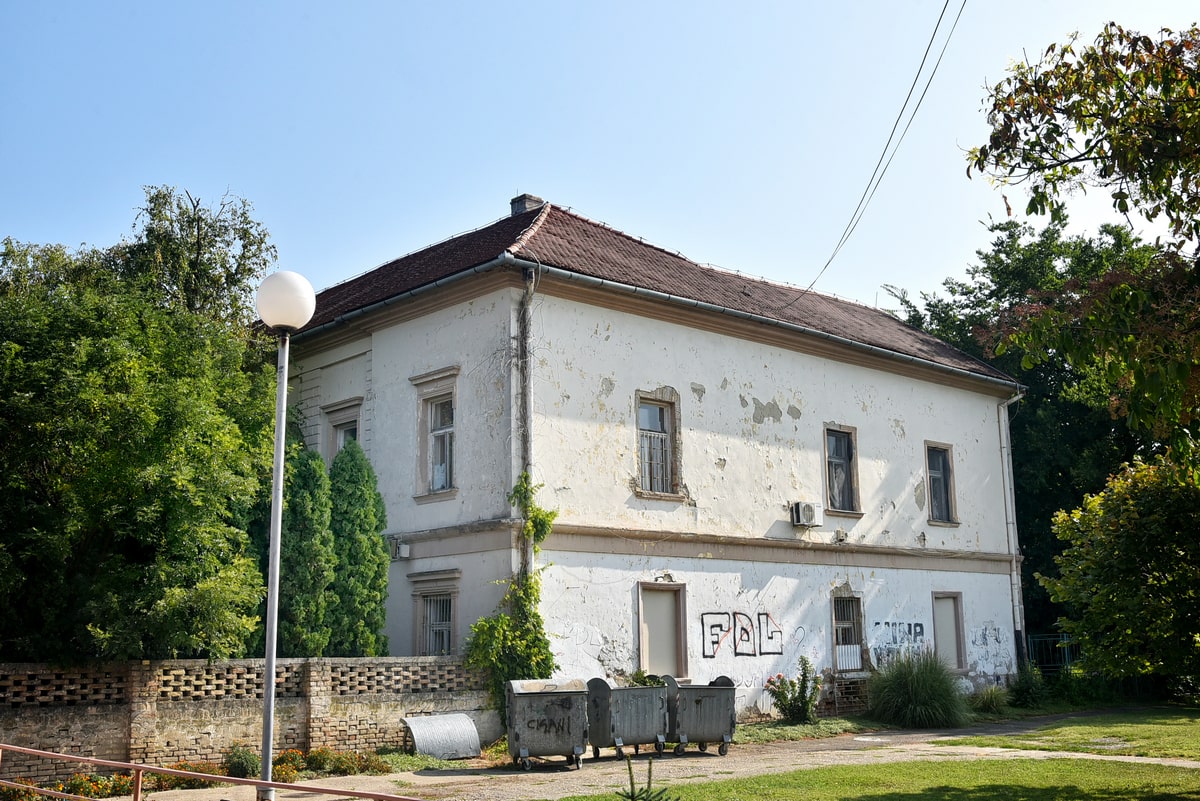
Szécsen Castle, Temerin
The castle was built in 1795 for the Szécsen family by Count Karoly Szécsen (sometimes incorrectly referred to as “Szécsenyi”), who included the region of Temerin in his estates.
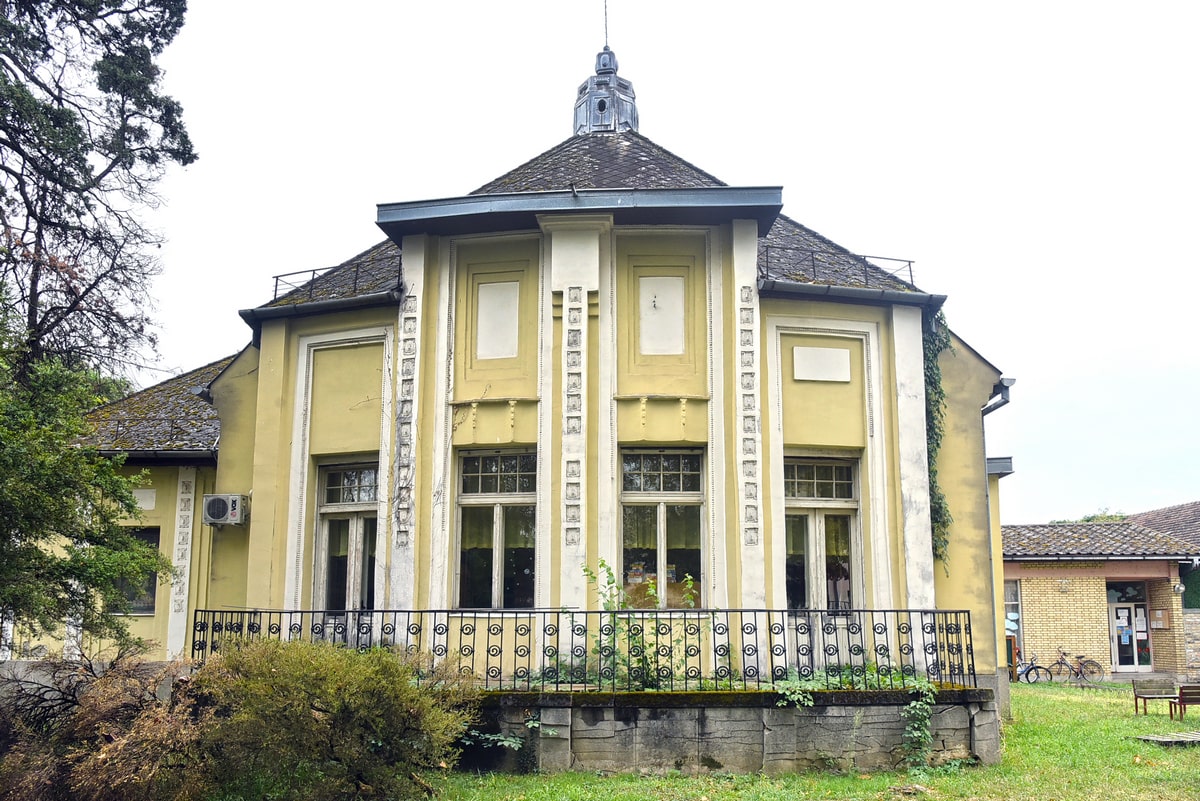
Villa Lindenschmidt, Bačka Palanka
Villa Lindenschmidt was built at the very beginning of the 20th century in the nowadays JNA Street, and the right to use it has a kindergarten.
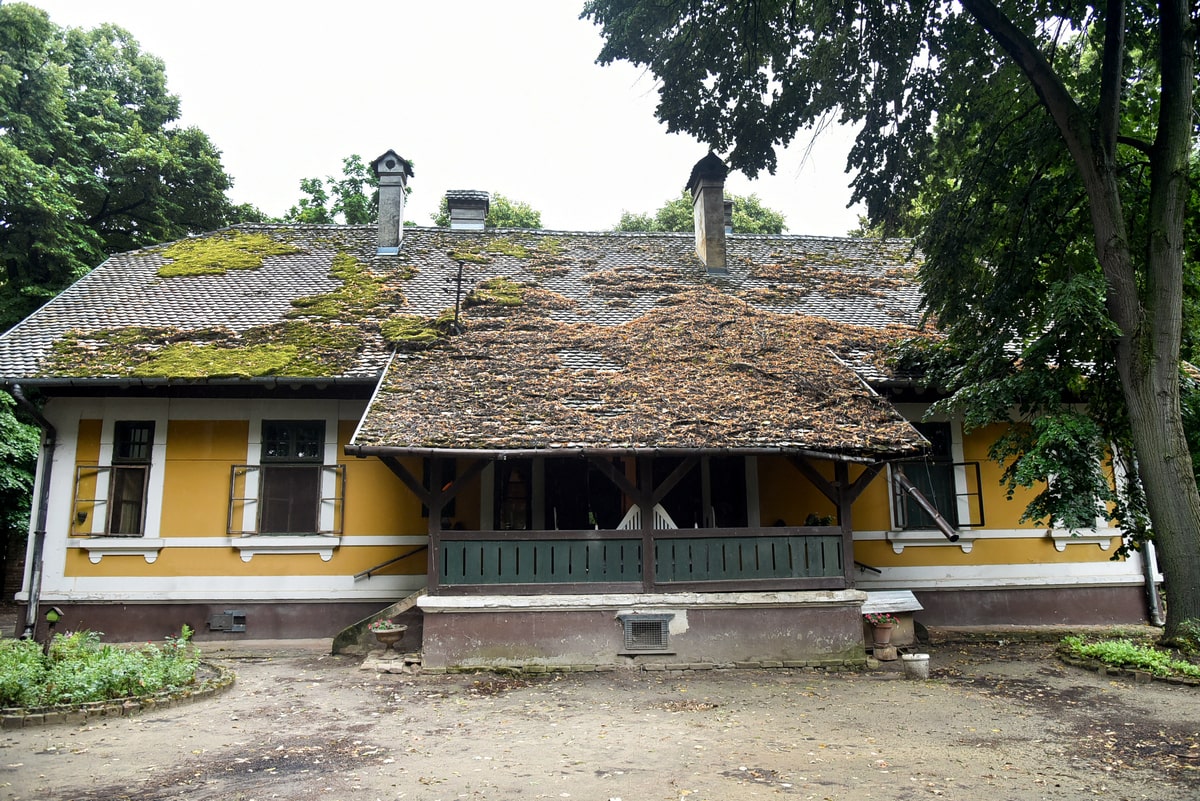
Summer house Vizić, Begeč
The summer house Vizić in Begeč was once owned by Count Chotek, who was the most powerful noblemen in this part of Vojvodina.
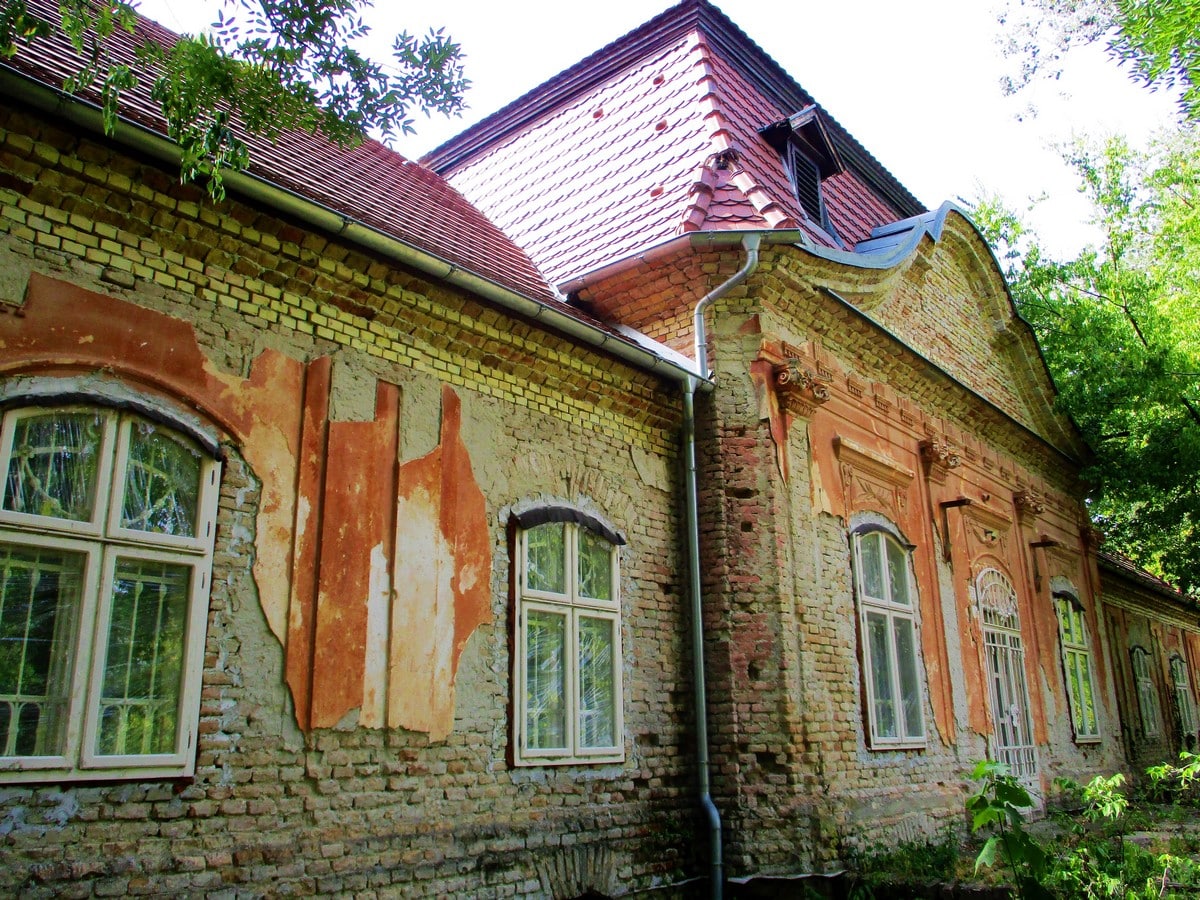
Kárász Castle, Horgoš
The castle was built at the end of the 18th century, possibly in 1795, to house the family of Count Mikló sAntal Kárász (1715-1797), the founder of the town of Horgoš (Horgos).

Villa Vlaškalić, Mošorin
It is located in the centre of the village, in Svetozara Miletića Street, and was built between 1926 and 1928, and it is one of the newer villas in Vojvodina.
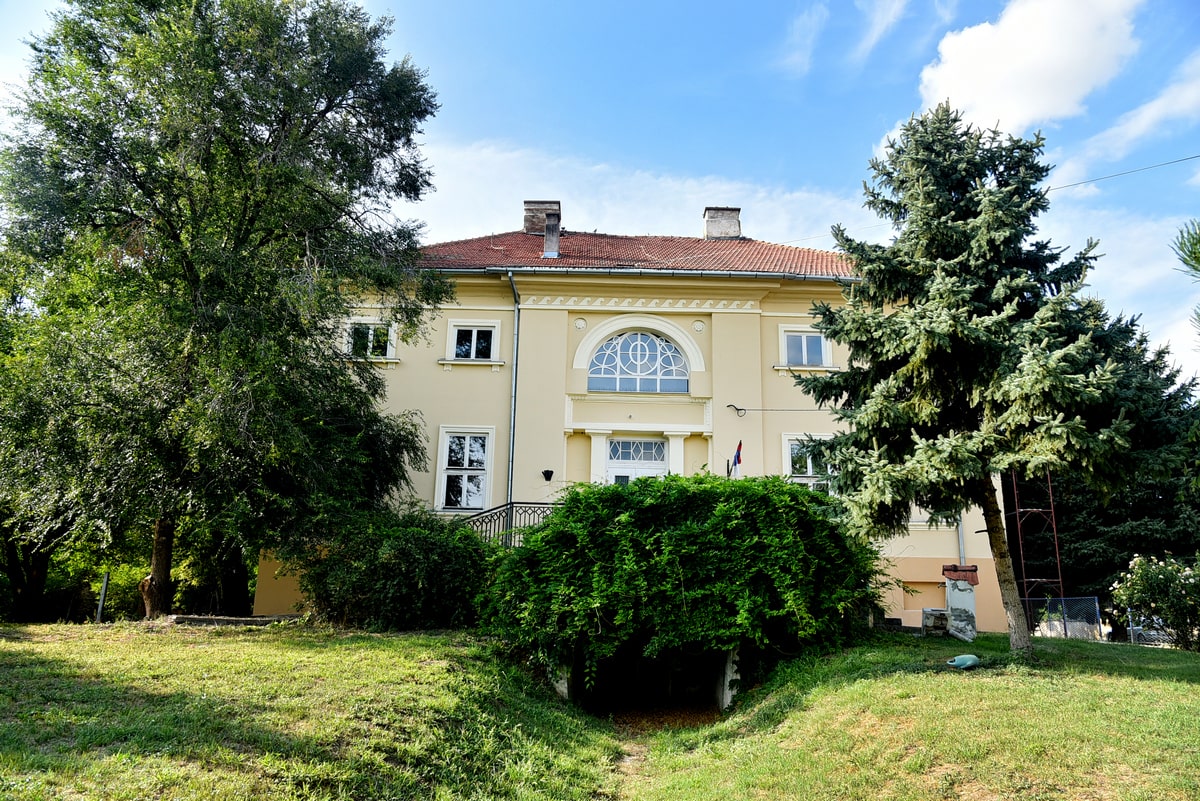
Redl Castle, Rastina
Rastina was first mentioned as a village in the 14th century under the name Harasti, next to the Kígyós stream. It is not clear whether the Serbian name originated from Hungarian or vice versa.

Gombos Castle, Bečej
Two kilometres away from the far-famed Fantast Castle, near Topola road in the middle of a fertile plain, abandoned and left to the ravages of time, there is a summer house of the old noble family Gombos.
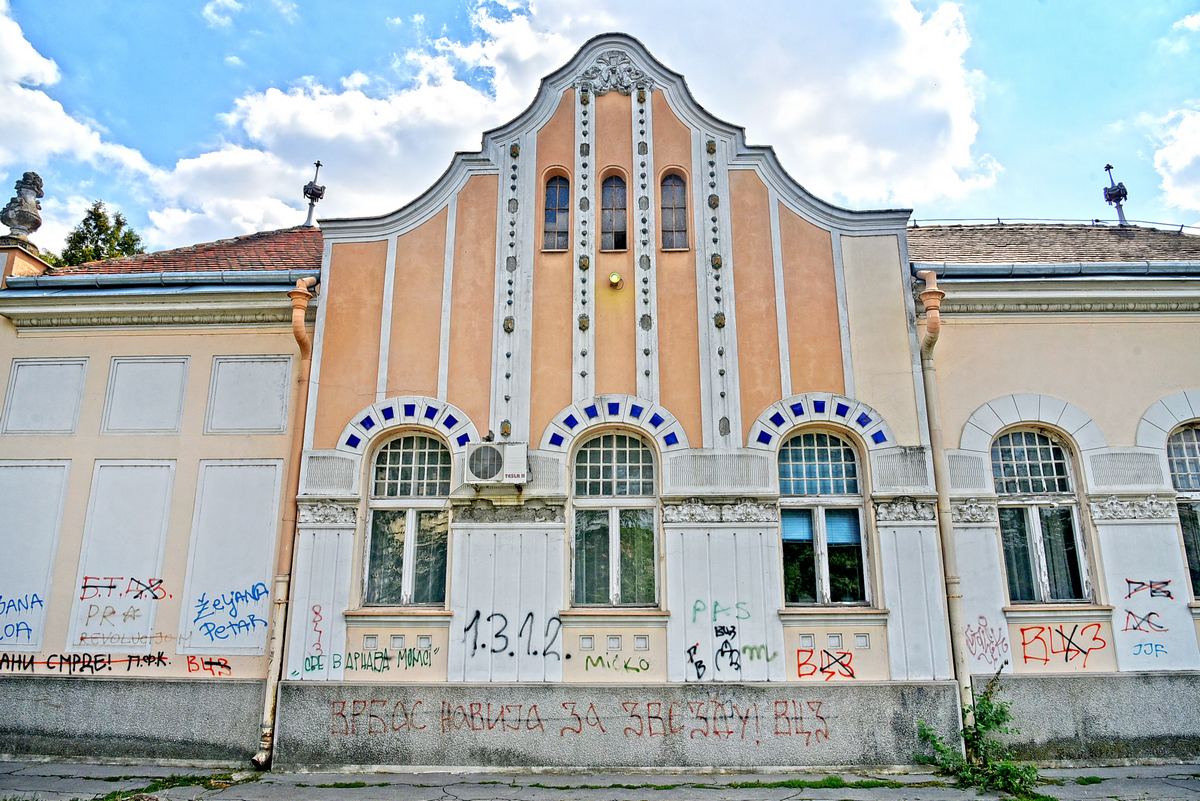
Tomán villa, Vrbas
In the main street named after Marshall Tito is Toman's Villa, a sezessionist palace designed by an architect from Budapest.

Castel Zako, Bajša
Castel or Zako Castle is located in Bajša, not far from Bačka Topola, in a fairytale village where Serbs, Hungarians, Slovaks and Ruthenians live harmoniously.
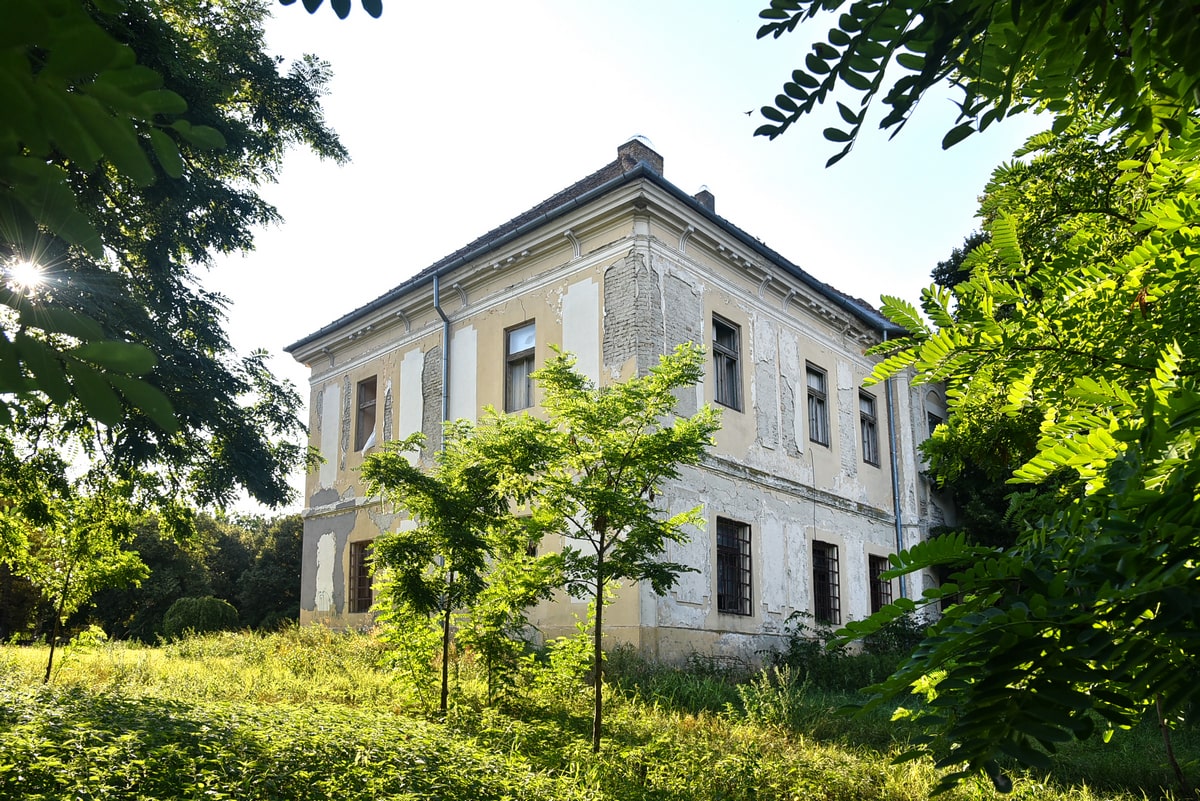
Castel Kovač, Riđica
At the beginning of the 19th century, Hungarians began to settle in the north of Bačka, far from the Danube, and before them, Germans also were coming here.
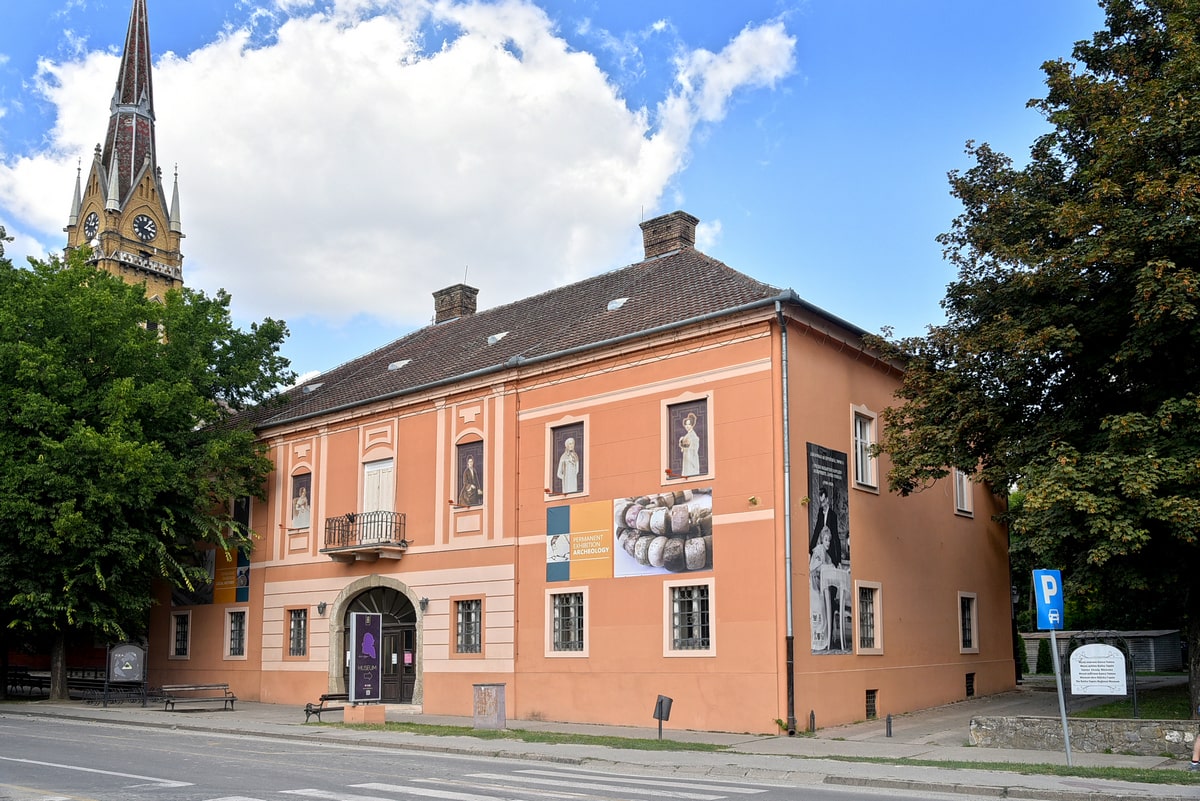
Castel of Baron Pál Kray, Bačka Topola
The castle of Pál Kray is located in the centre of Bačka Topola, near the Catholic Church, which is the second tallest in Europe and testifies to the importance of Topola in ancient times.
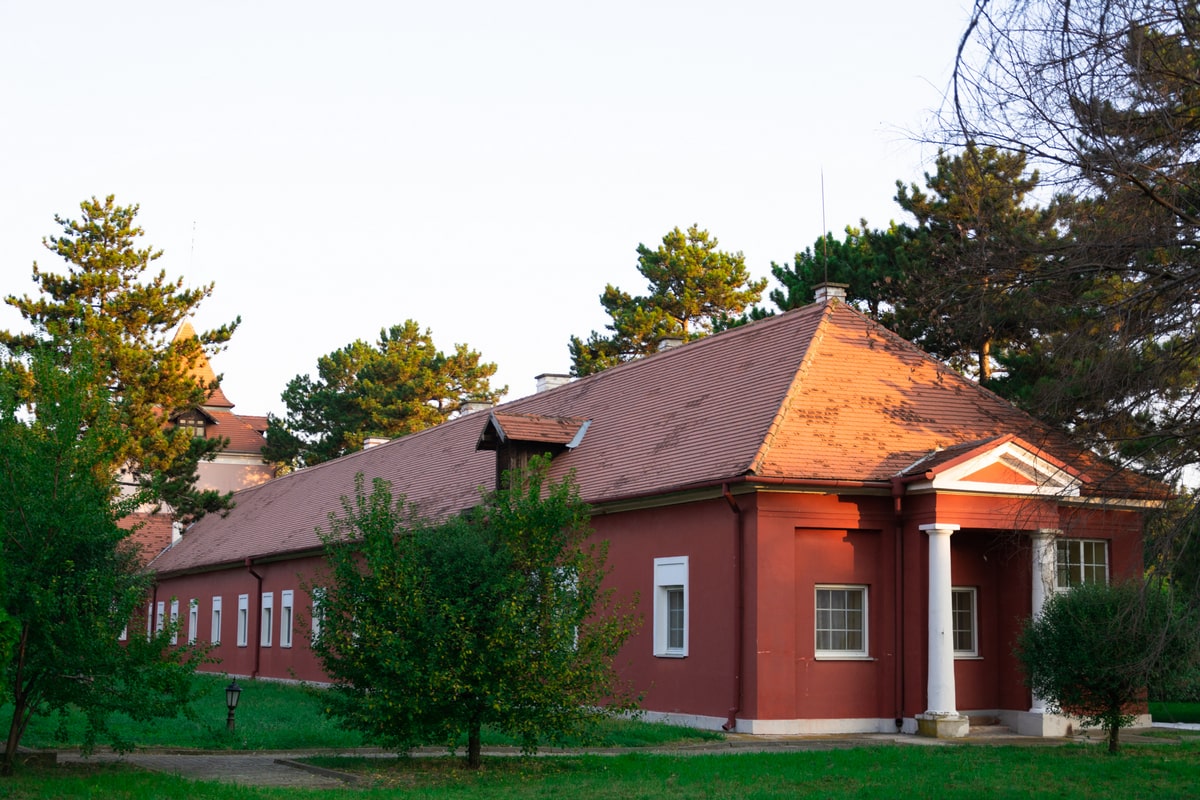
Castle Lazar, Ečka
Lazar Castle, more known as Castel Ečka, is located in Ečka on the territory of the municipality of Zrenjanin. Puszta Ečka (Ečka Wasteland) was bought at the auction of chamber goods by Luka Lazar (according to some testimonies, originally “Lazarjan”), who was of Armenian origin from Transylvania, in 1781.
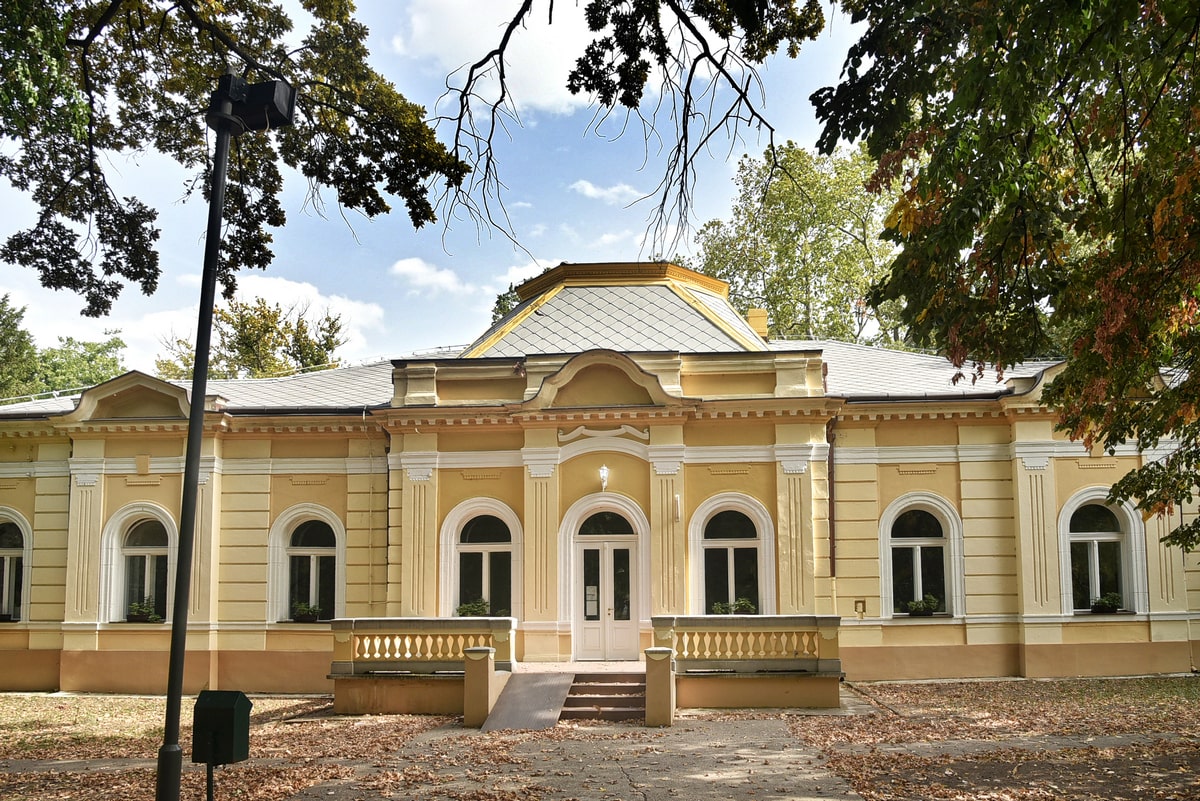
Maldegem Castle, Novi Kneževac
Maldegem Castle (sometimes Maldeghem, Flemish pronunciation: “Maldehem”) today The building of the cultural center Novi Kneževac, was built in 1910 for the count’s family Maldeghem, after which the building was named.
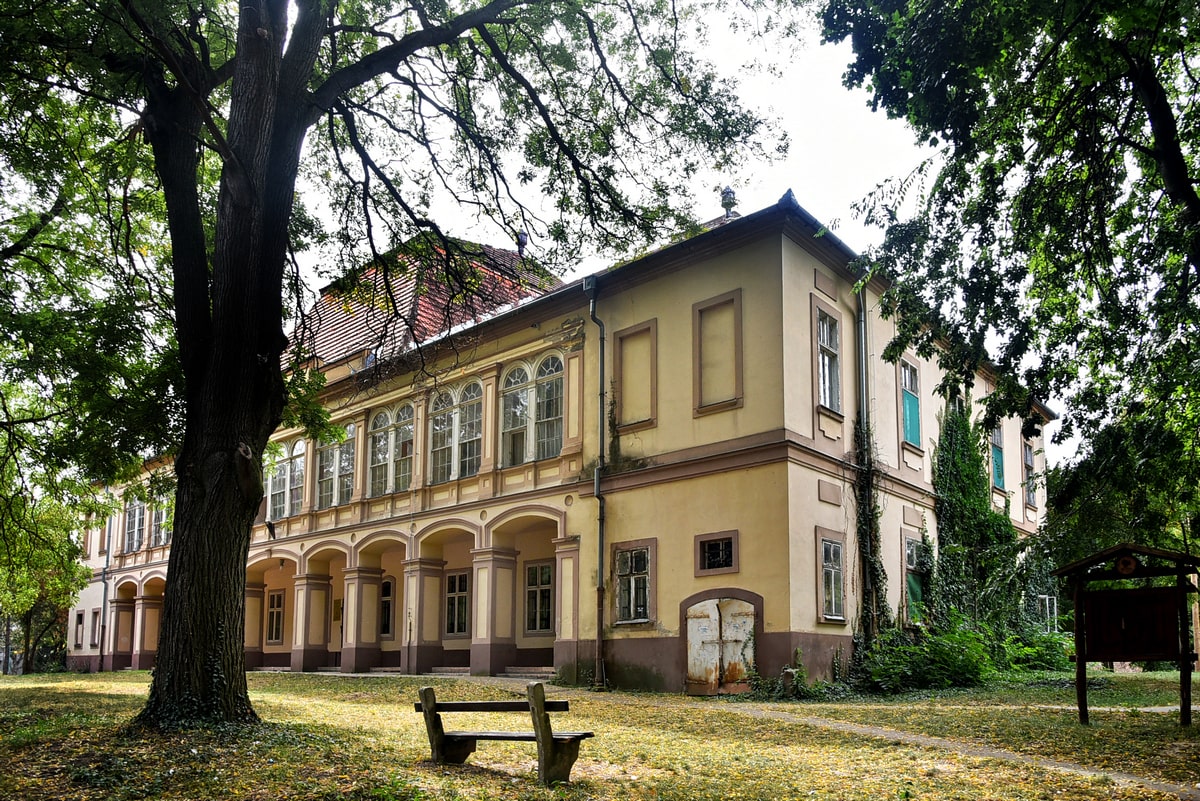
Servijski-Schulpe Castle, Novi Kneževac
The family residence of Servijski-Schulpe is located in the town of Novi Kneževac, in the north of Banat, which was previously known as Törökkanizsa (Turkish Kanjiža, unlike the Hungarian Kanjiža, which today is called only Kanjiža).
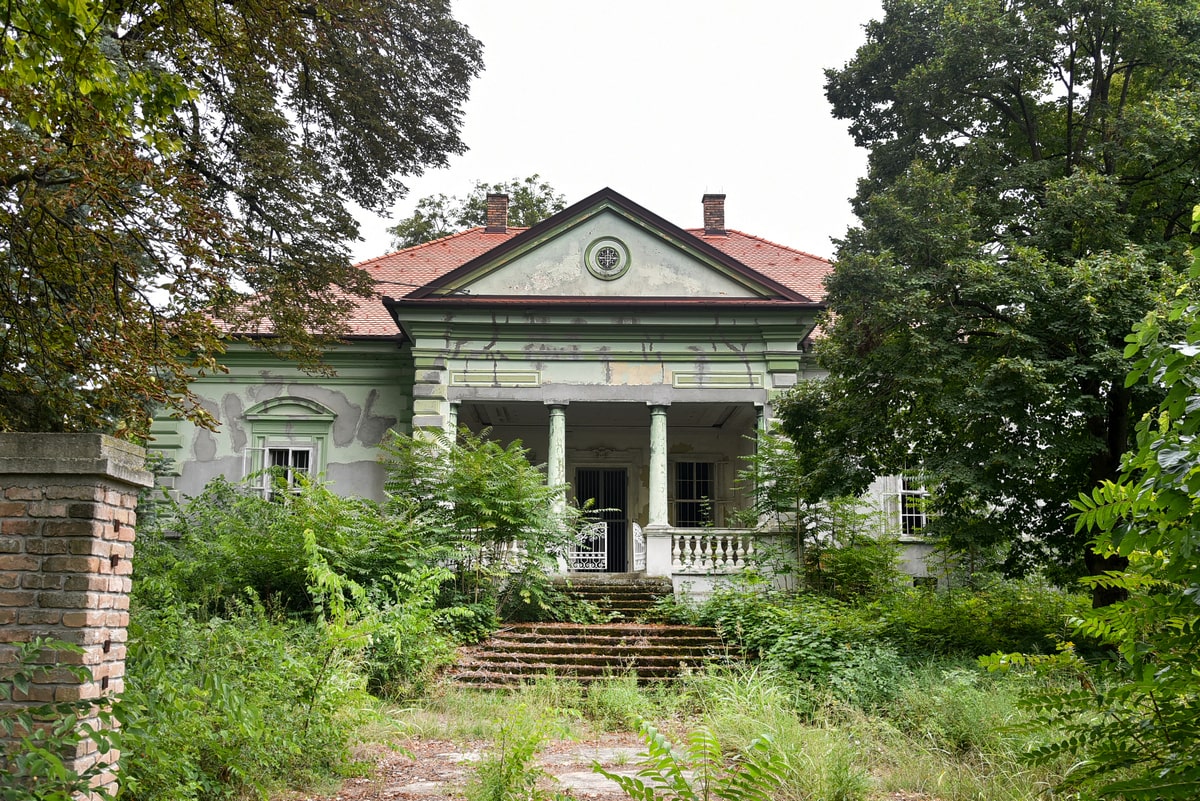
Weindler's Castle (Wendel Mor Summer House), Sonta
Somewhat unclear, this castle bears two surnames, which are obviously a variation of the same name.

Marczibányi -Léderer Castle, Čoka
Until 1781, Čoka was a northern Banat wasteland, freshly liberated from the Ottomans, and then was bought by Lörincz Marczibányi for a hefty sum of 95,500 forints. The following year, Marczibányi colonized Hungarian serfs to work on his property. Five years later, he also brought Slovaks.
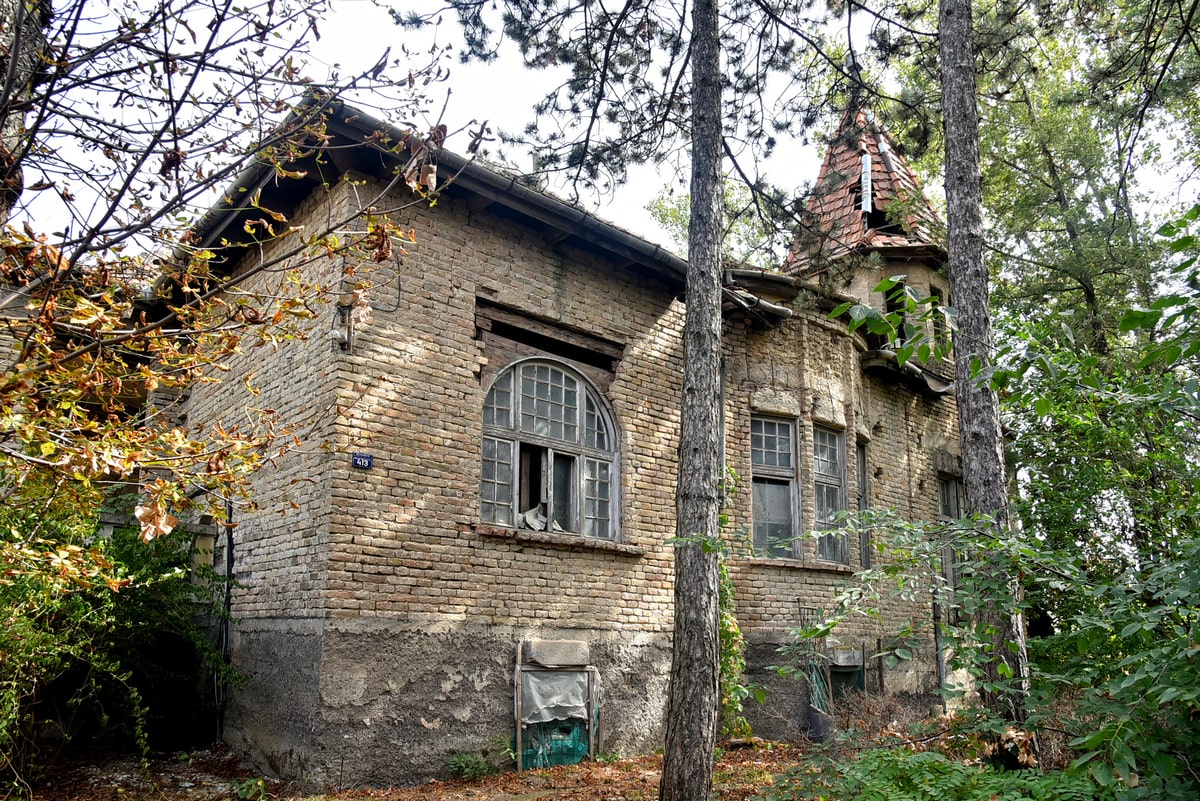
Ingus Castle, Hajdukovo
Ingus Castle in Hajdukovo between Subotica and Horgoš, is located at the very brim of the village, next to the railway. The castle is a registered cultural asset, and it was built by the Jewish viticultural family Ingus.

